Art is an essential aspect of human life that has been around since ancient times. It is a form of expression that enables artists to capture emotions and ideas using different mediums. Today, we have had the chance to interview one of such artist, Victoria Rosenman, whose work has captured the attention of many collectors and art lovers over time. With a multidisciplinary approach to her art, she has managed to create pieces that demand attention and force the viewer to think beyond the surface. In this interview, we will have the privilege of stepping into her world, where we will learn the intricacies of her creative process, inspirations, and the motivations behind her work.
How did you come up with the title for the exhibition, and what does it mean to you?
„I will be on time“ – is a statement and revelation on my part. I like to refer to punctuality as my personal superpower, a quality that offers me illusionary security and order. As I wrote in my earlier texts, I manifest illusions – time, as a phenomenon, is also one of them for me. Moreover, there is a certain irony and uncertainty to the title because I do not say „where“ I will arrive on time. „What role does my destination play in relation to intangible time?“ – That is what I ask myself and at the same time I also have concerns about „my being on the road“.
Can you describe your working process, how do you start creating and, in particular, the choice of the medium?
Due to many events in the world and in my private life, I wanted to take another look at my fears and desires. I started a kind of self-study that took me back to my childhood to dismantle my current self-image in a good sense. So, I started to create images, write down texts and the appropriate final form became more and more visible.
I work in multimedia. And this time it was especially important to me to show my thoughts and convictions in the form of a text. Words that can be read directly, that are understandable, uncompromising. The texts can be seen as „Copper Announcements“. It is a series in which I record statements on copper. This material is one of the oldest and the first mirrors were made of it. I reflect myself with it. Of course, I continue to use photography as my familiar medium. Texts and photos are created over a longer period in different places.
Do you have a favourite or most meaningful work in the series?
I think they all work and interact together. I wanted to create a togetherness that gives visions. The works are very personal this time – it’s not about people and their feelings in general, as it used to be with my „Muses Project“, but directly about me and my family.
What/Who are your key influences for this series?
It is personal experiences, my father and the time that scares me.
How do you go about choosing the subjects and scenes for your art?
They are mostly intuitions. I don’t directly research the next possible exciting topic. I deal strictly with what interests me, regardless of whether it might be boring for others – this is the only way I feel free in my creative process.
So, it can be a dream in the night that I want to process in my art or a person or a thing suddenly inspires me to new concepts. Fortunately, I have many funny and absurd thoughts in my head and the settings and themes quickly find their aesthetic.
How has your practice evolved in recent years?
New materials were added, more objects, new themes and, of course, exciting places to work.
When can we see it life?
I and my gallerist Irina Rusinovich are very happy to welcome everyone to the opening of my solo show at the Hazegallery on 11 May. The Hazegallery & I have been working on this exhibition for a long time and are very excited to meet and have a nice evening with everyone who is interested. You are cordially invited!
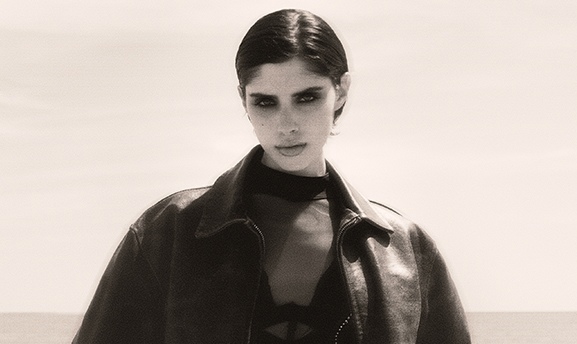

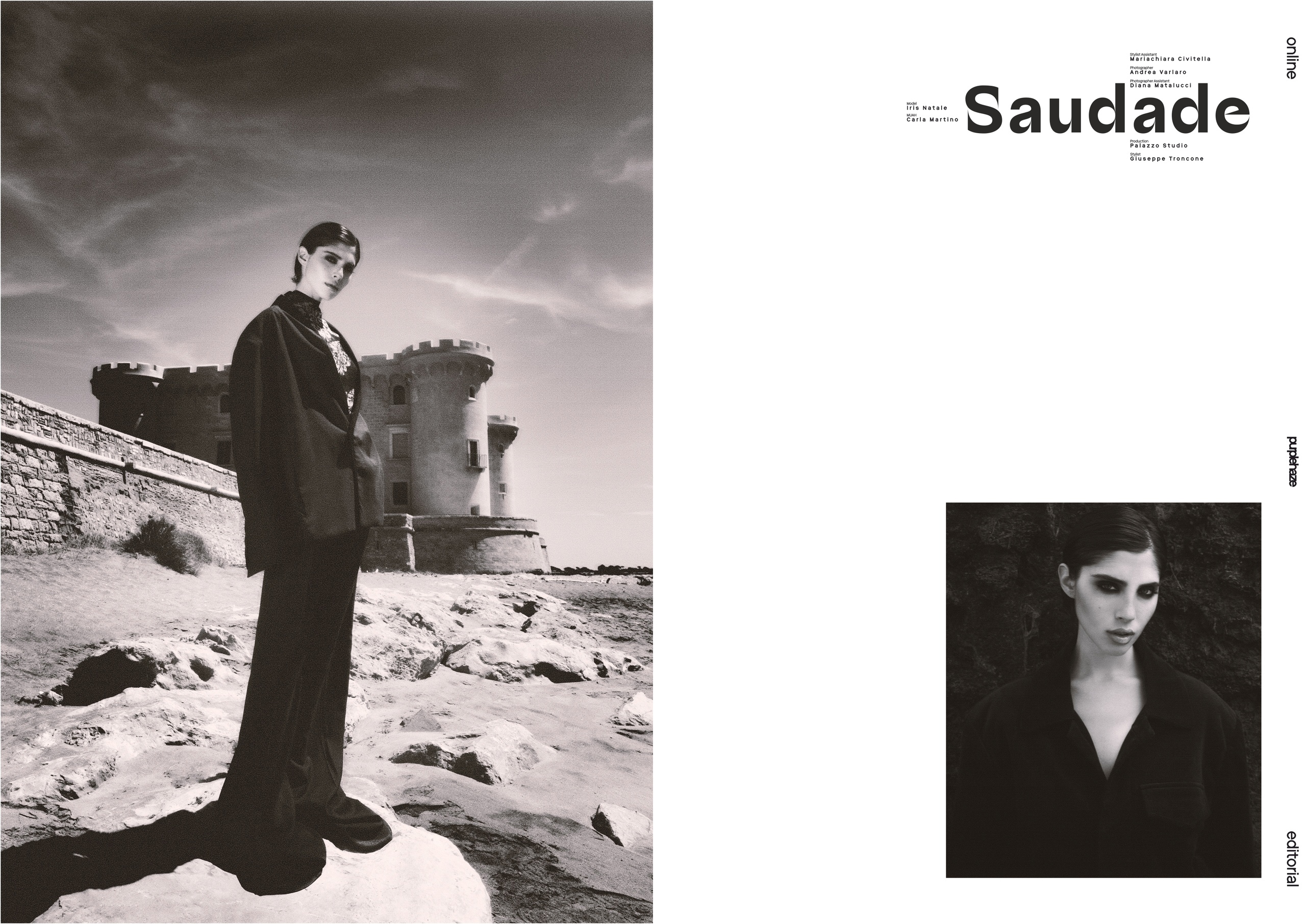
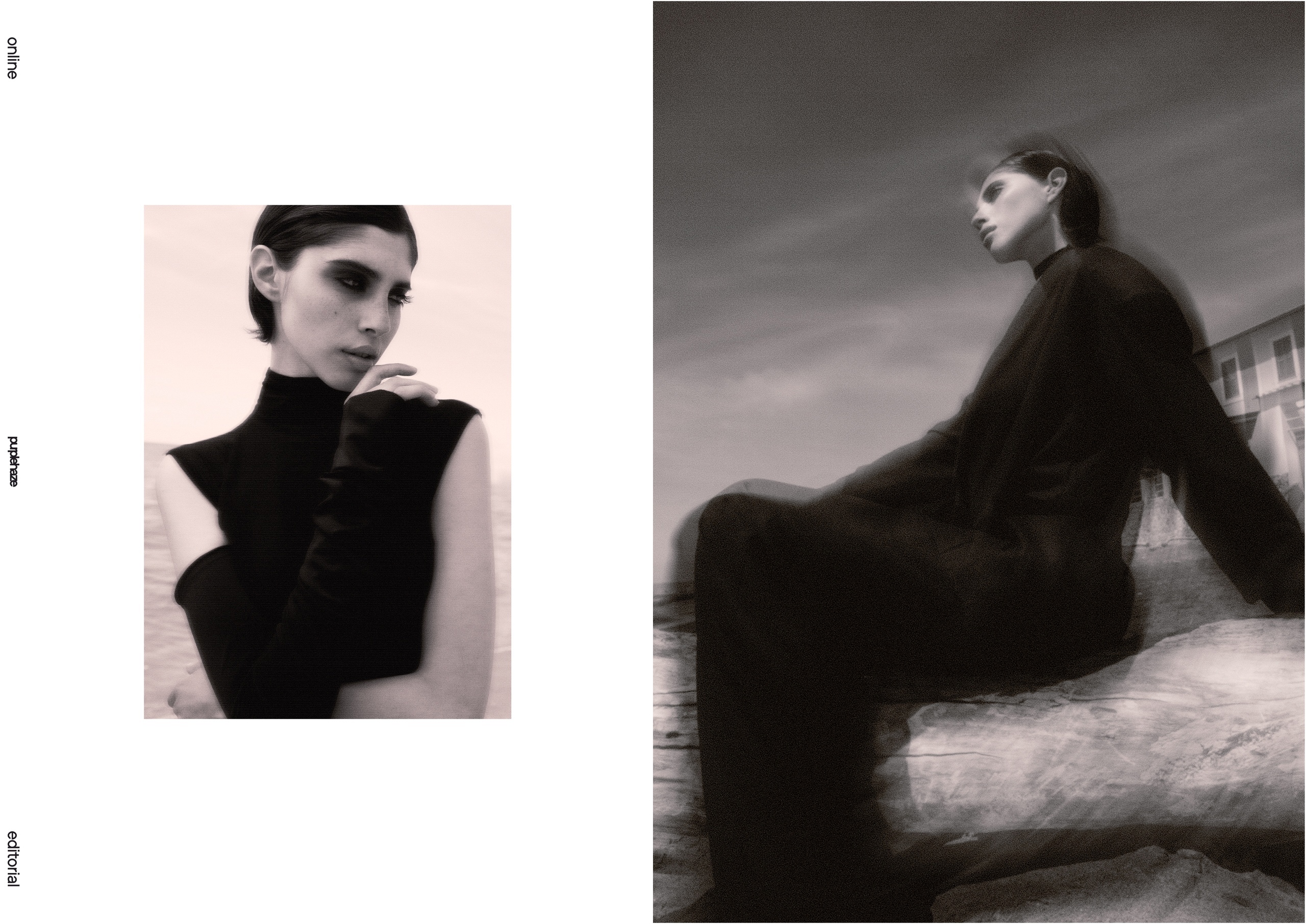
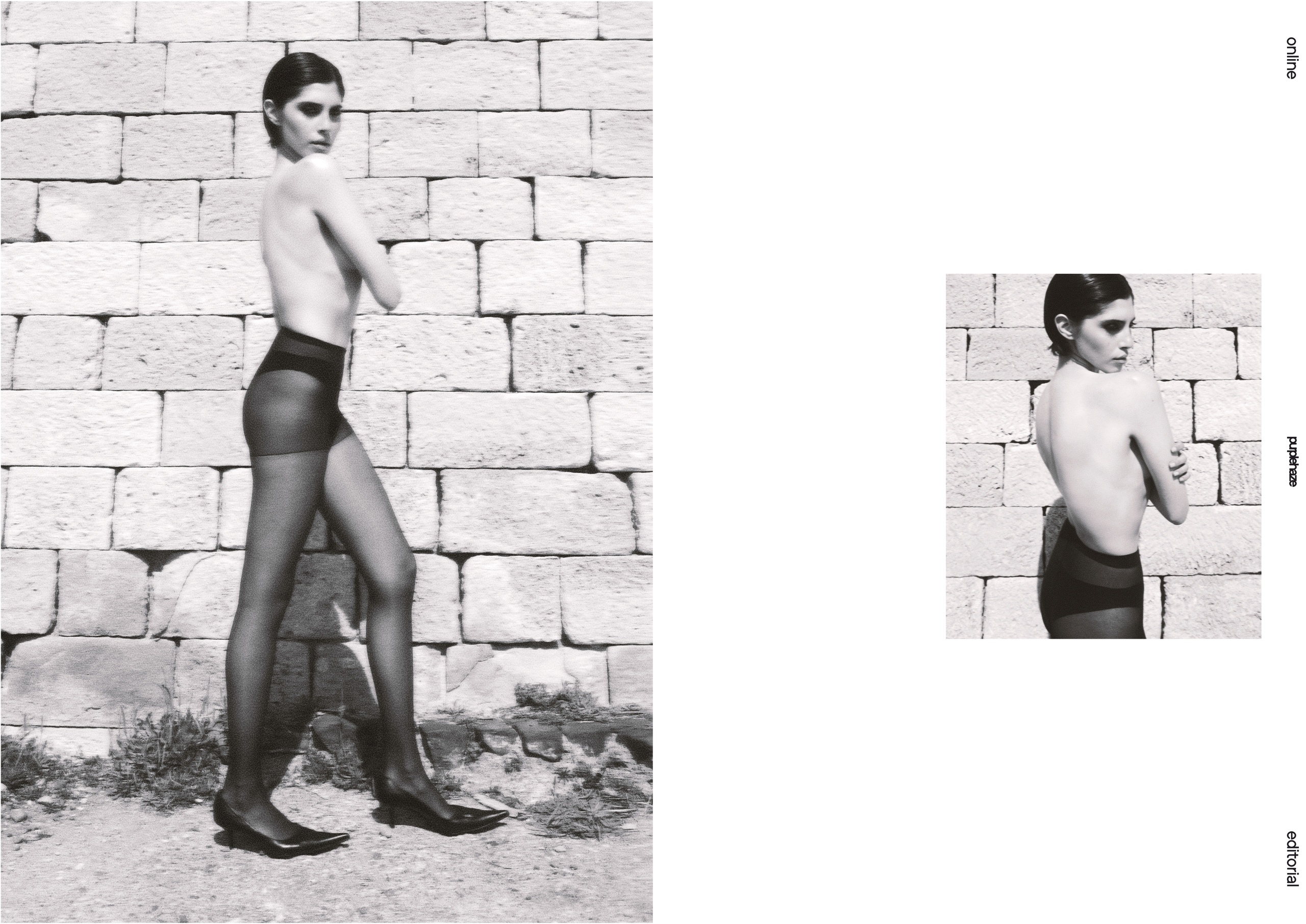
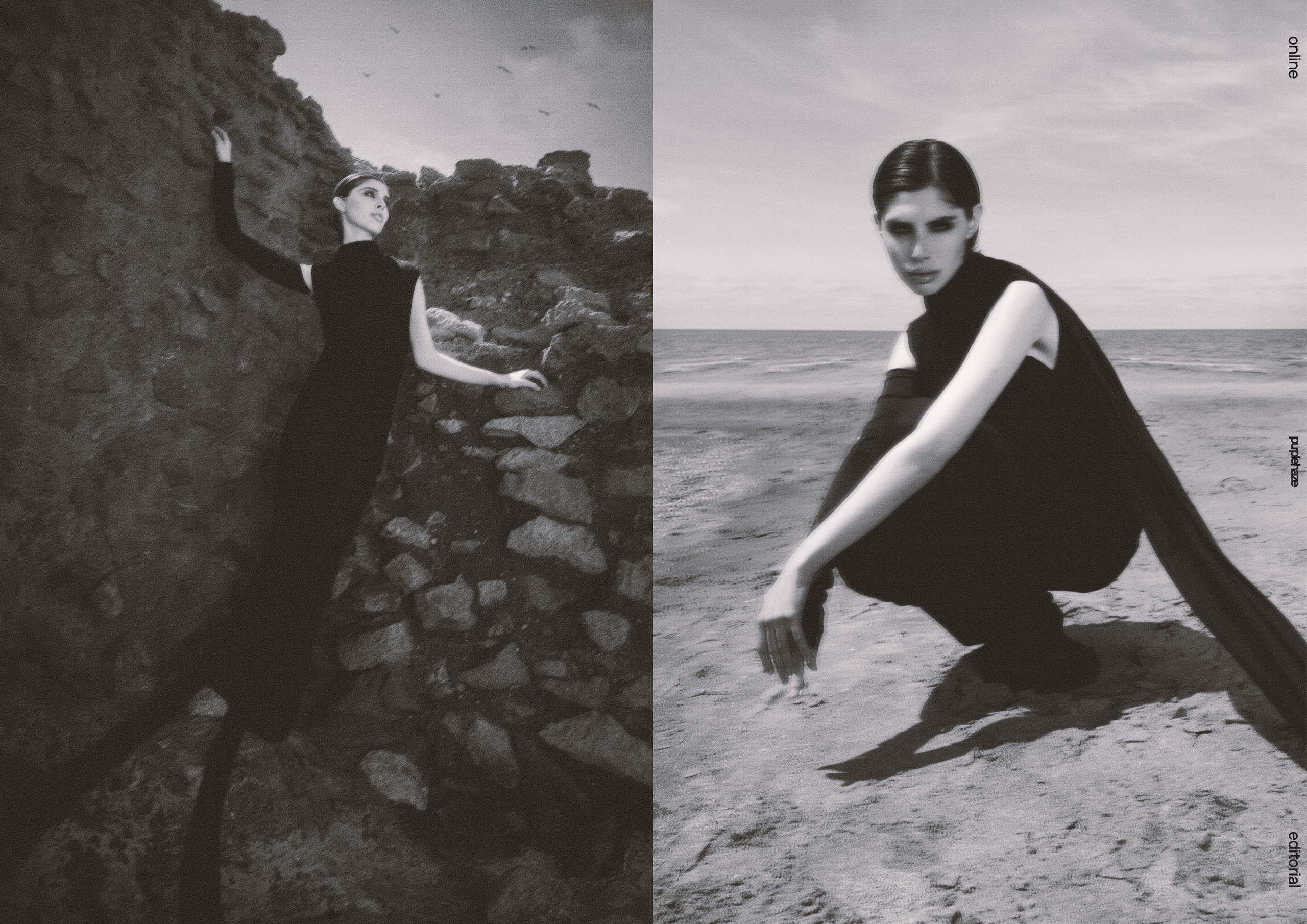
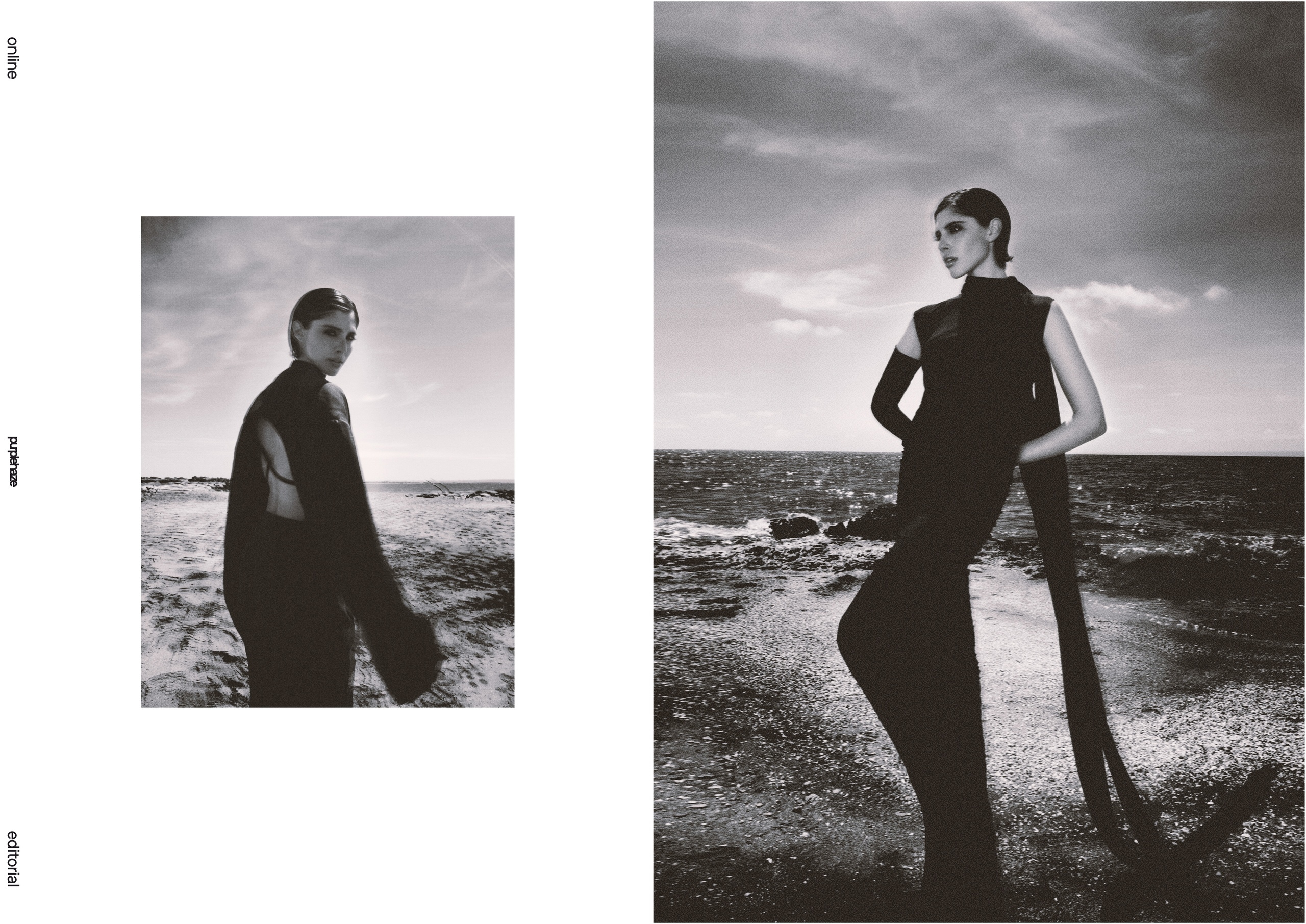
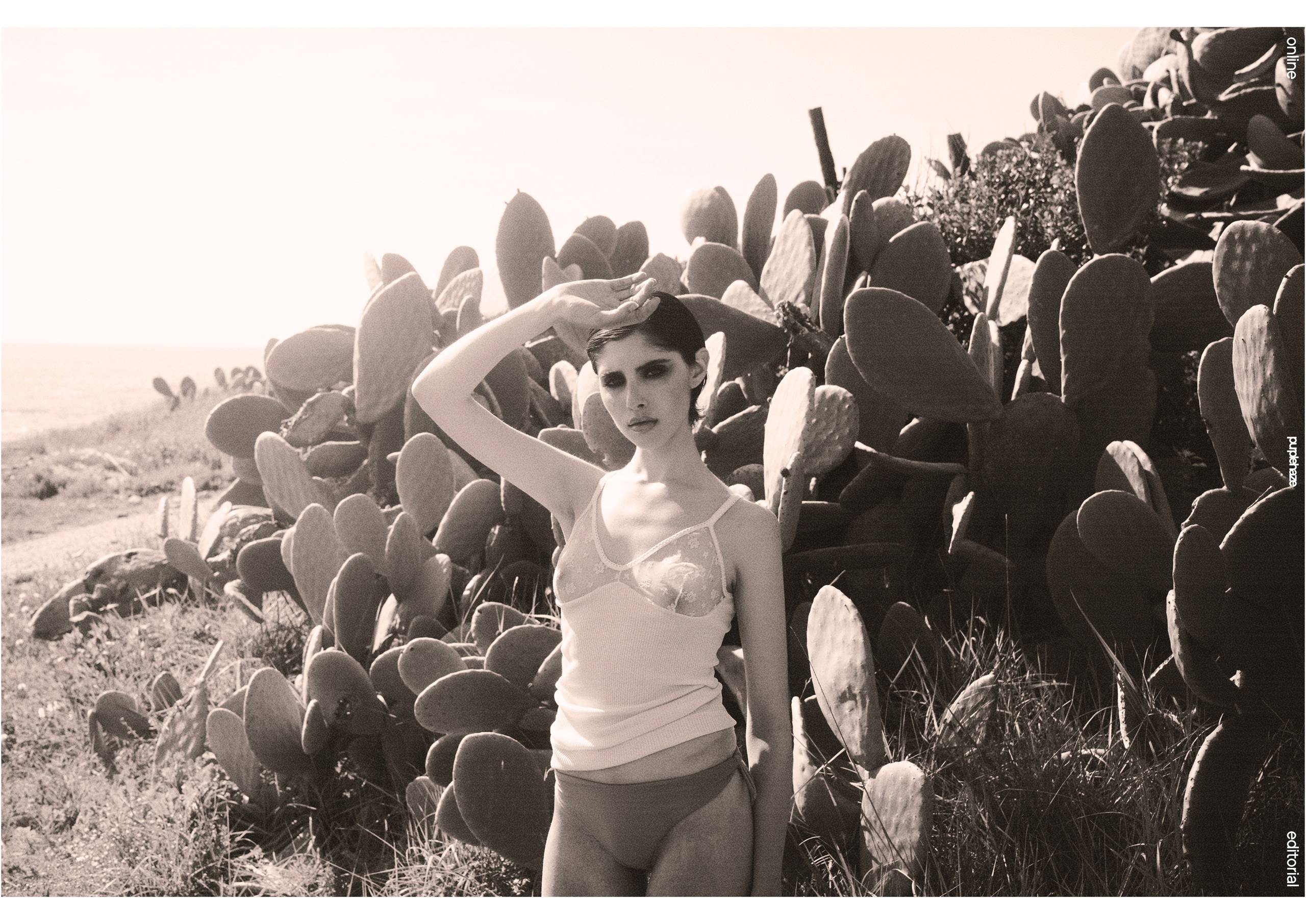
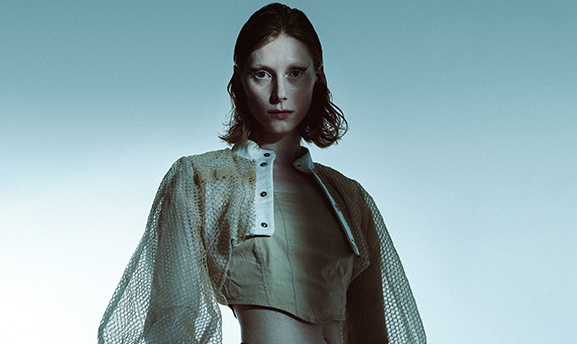
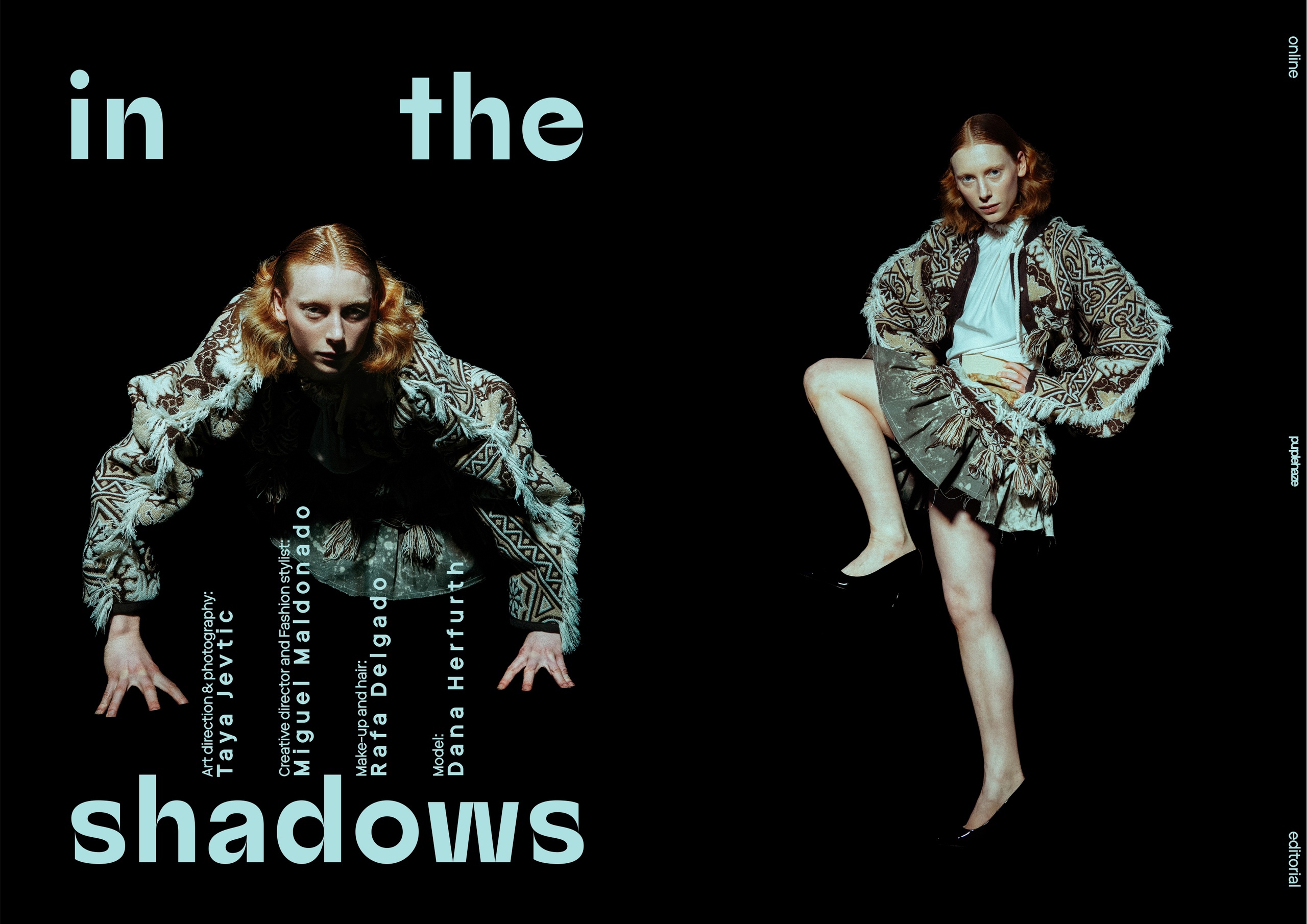
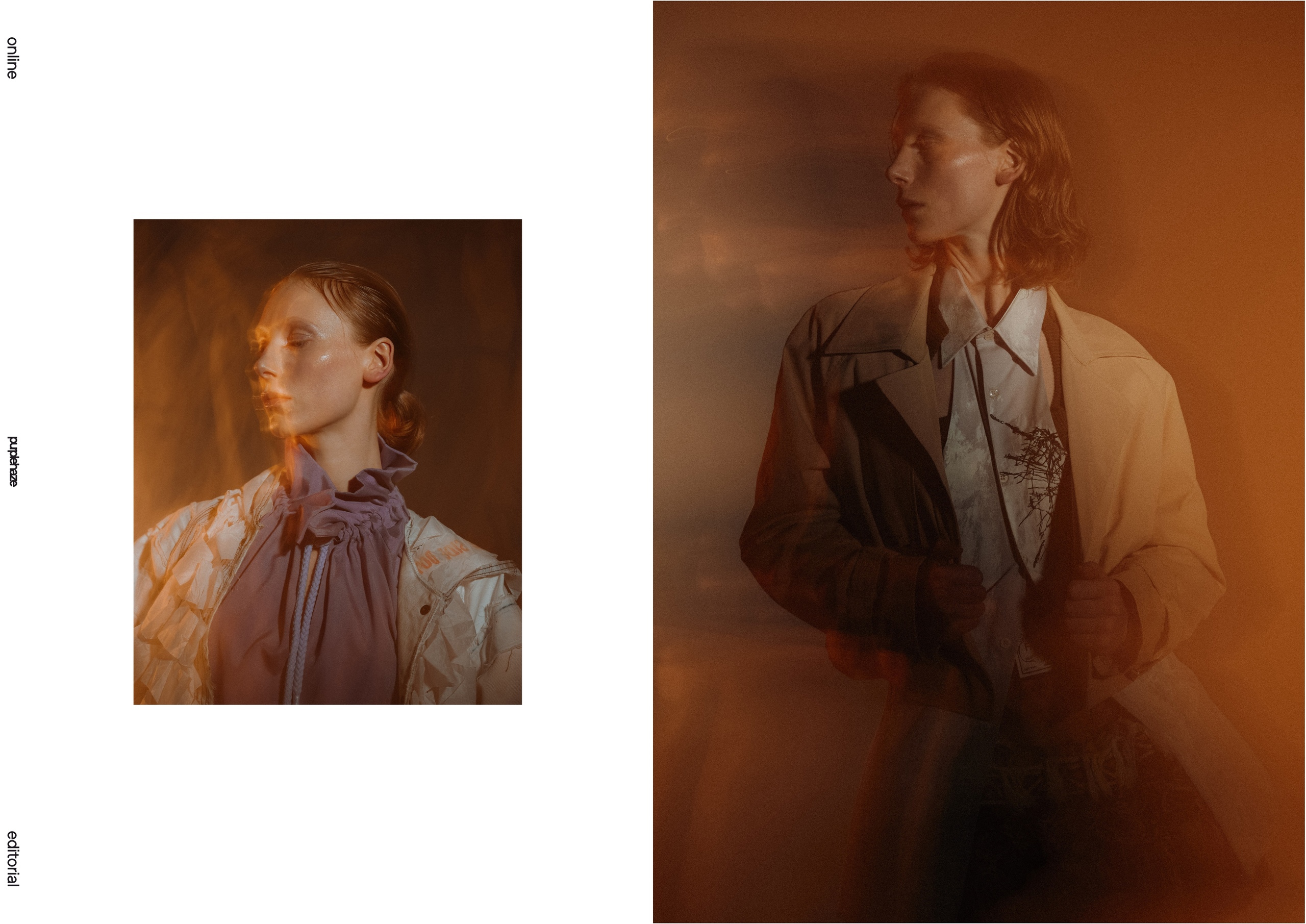
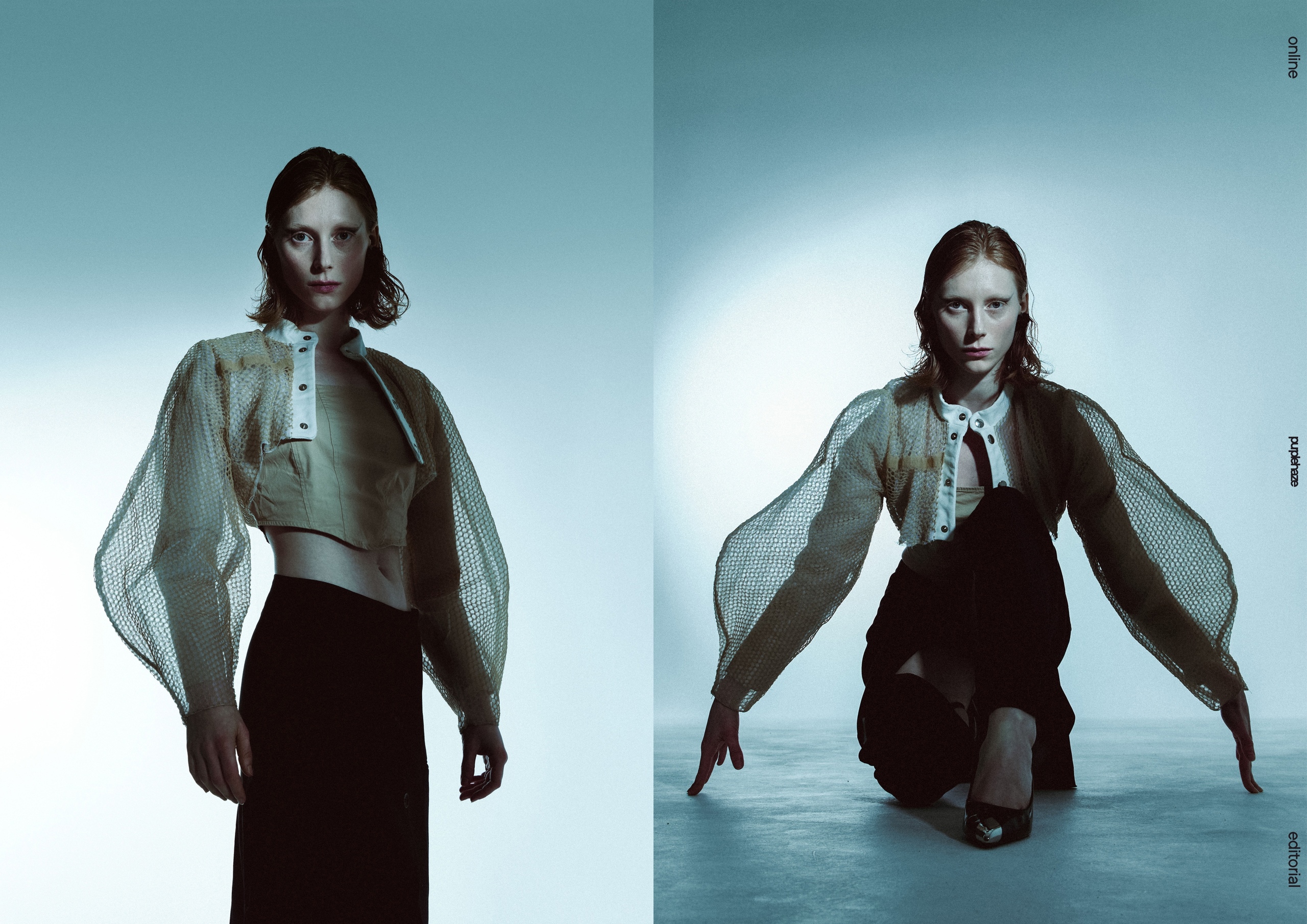
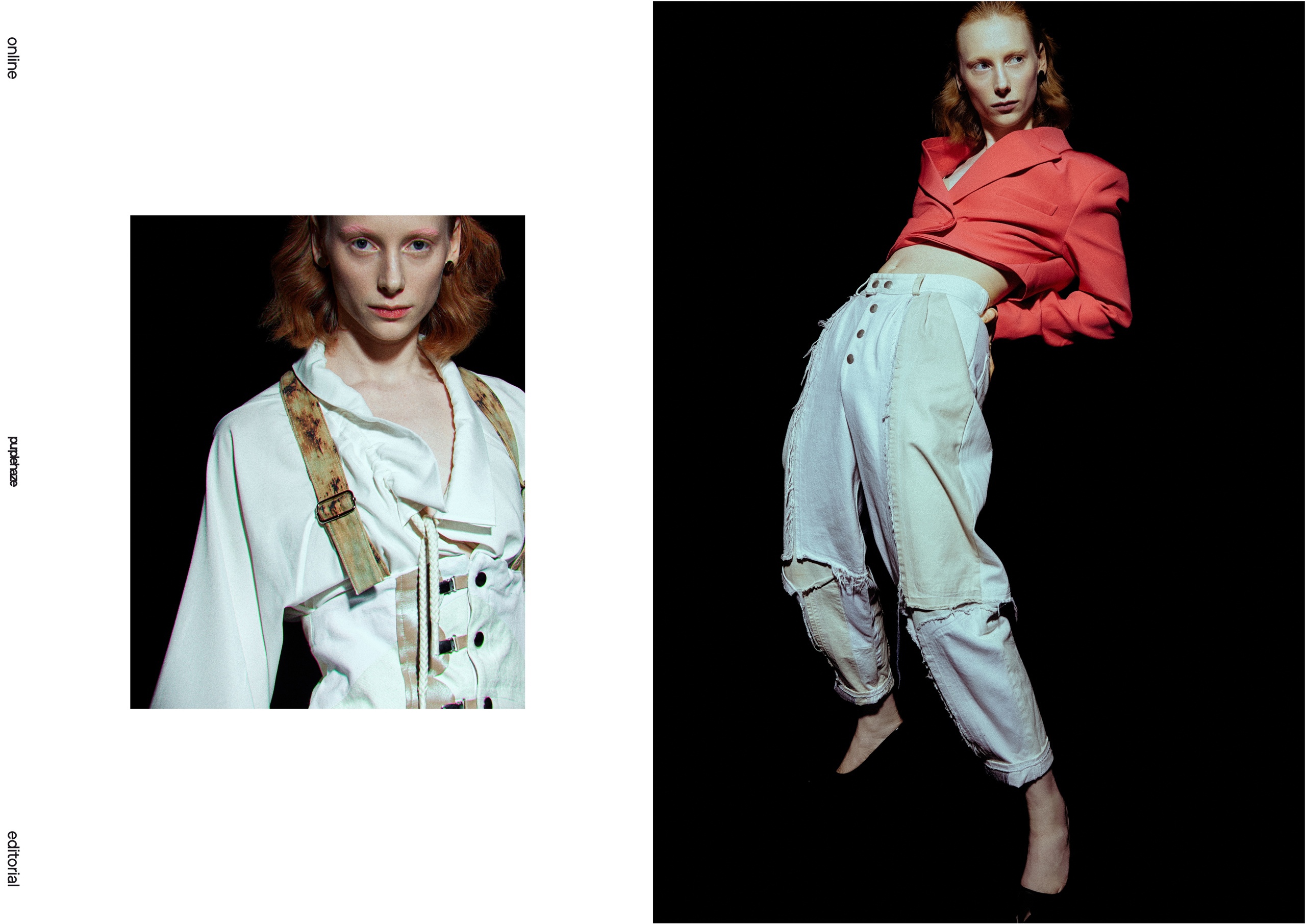
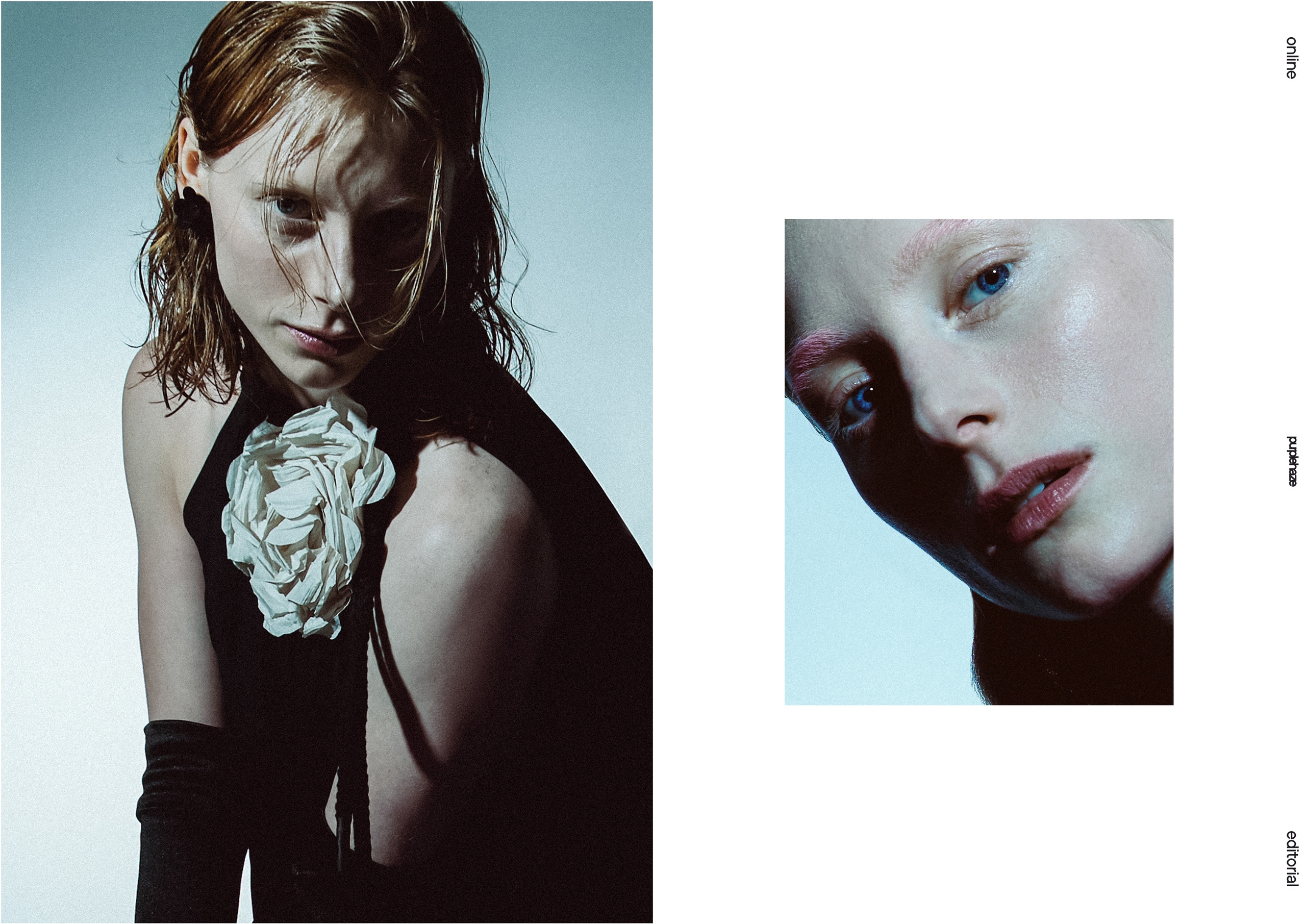
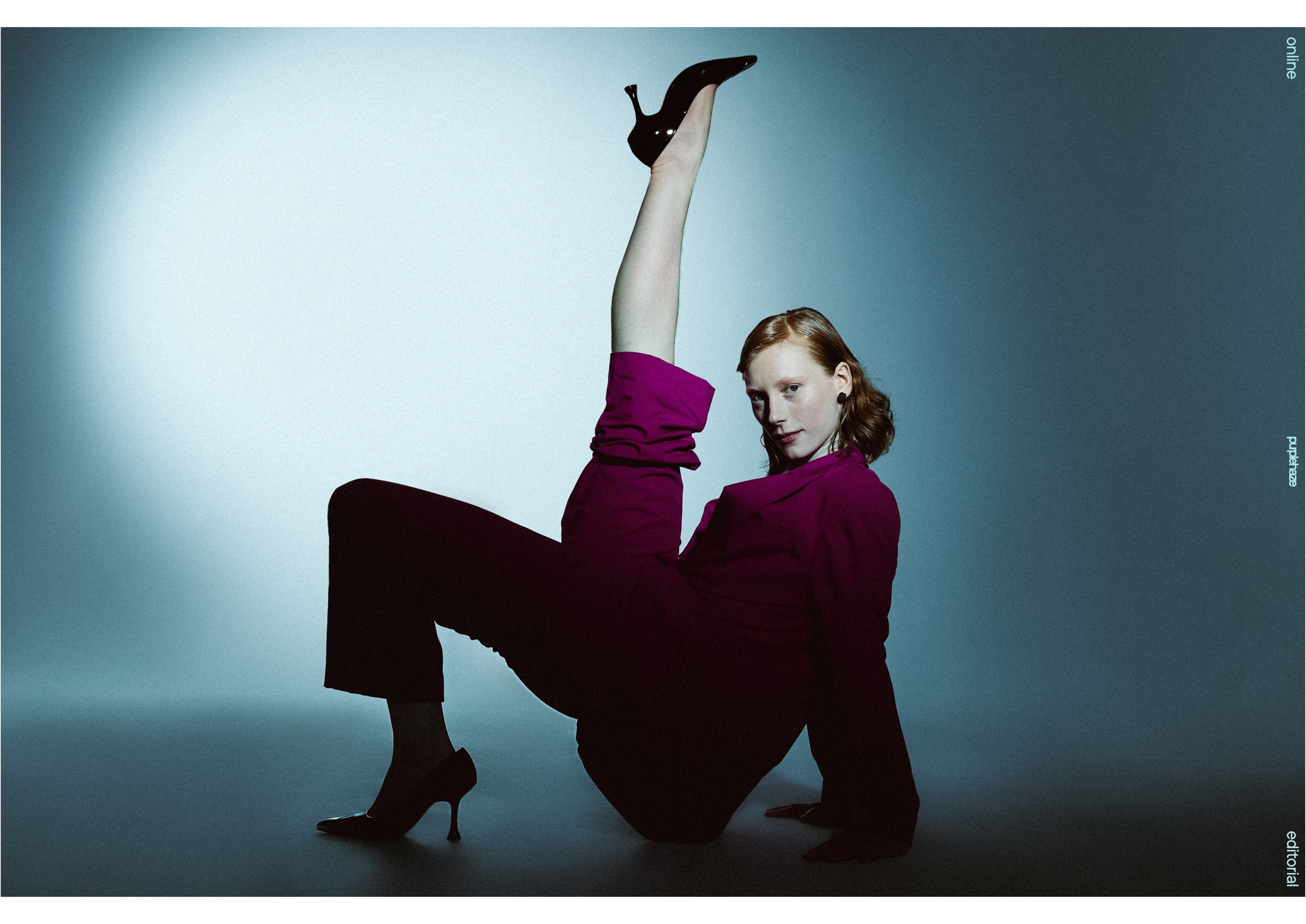

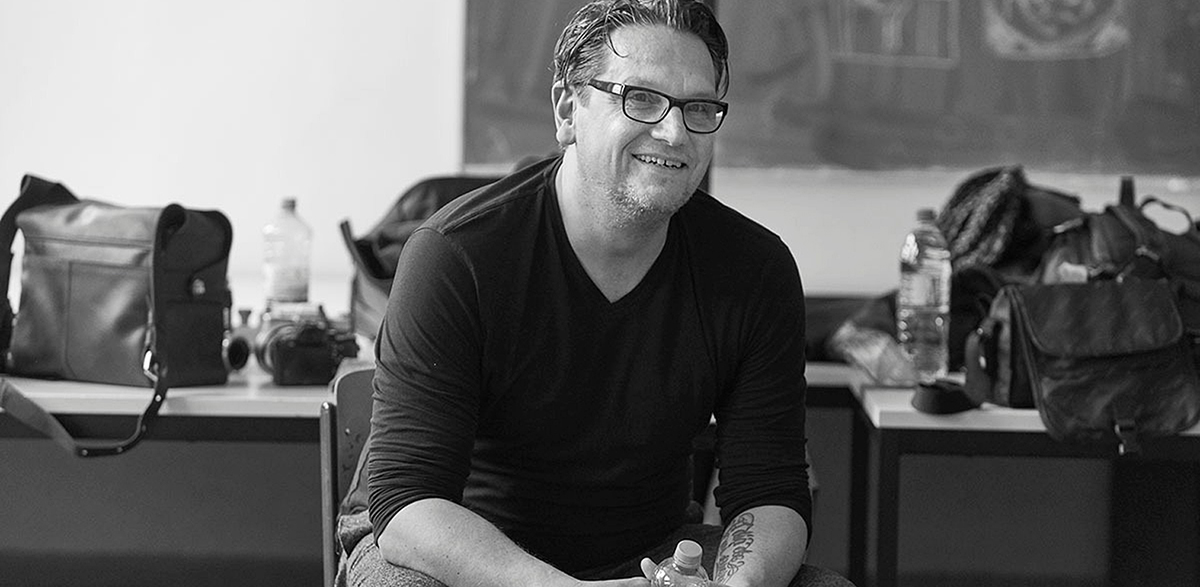
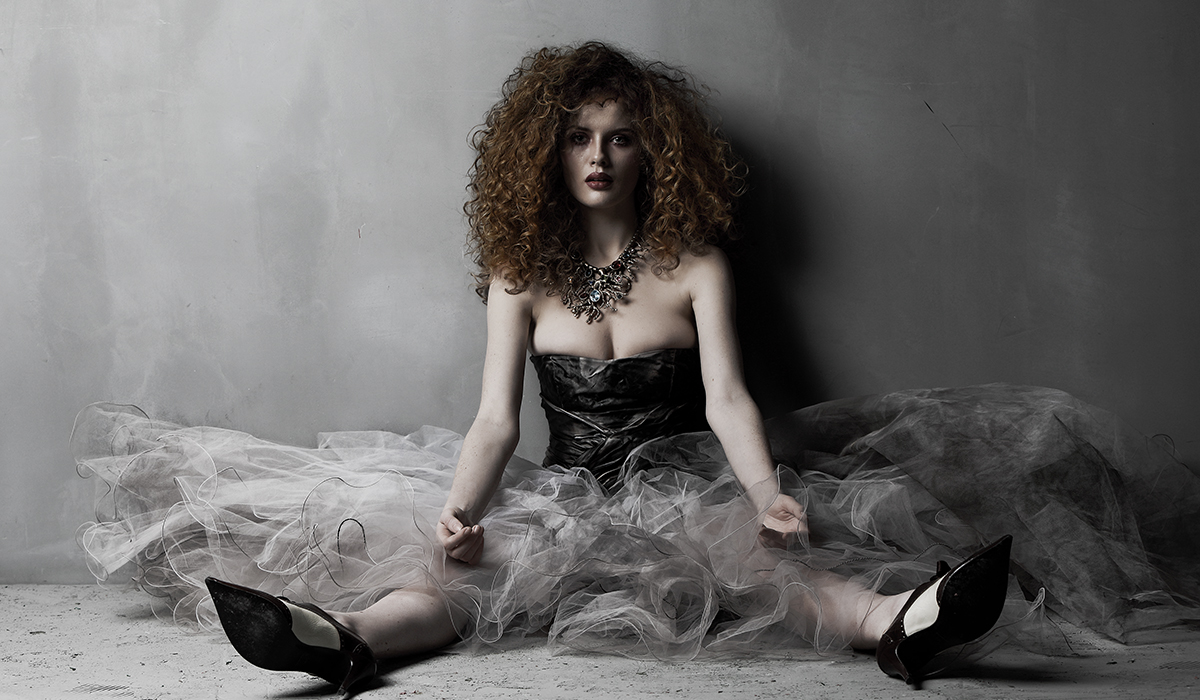

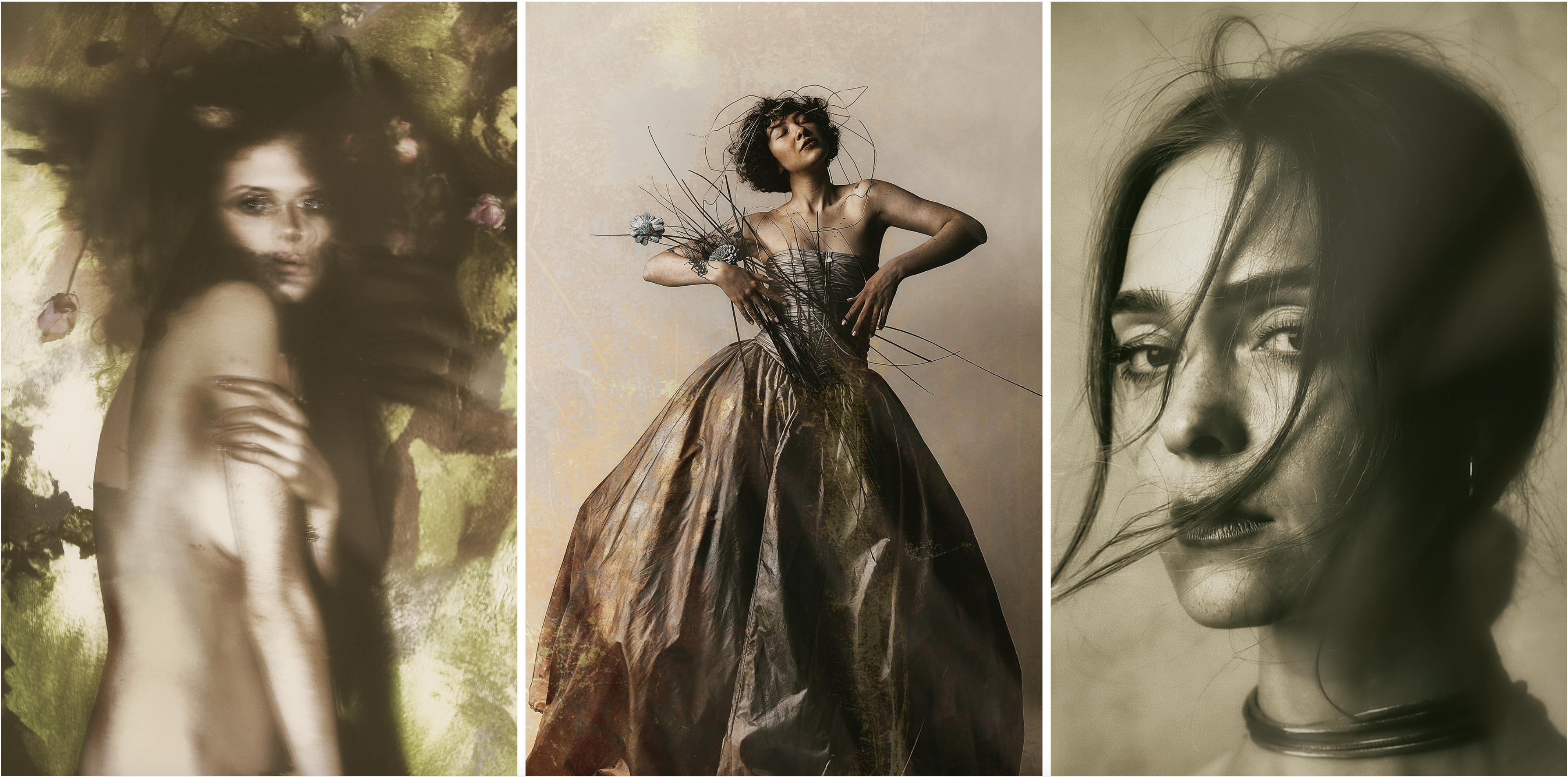
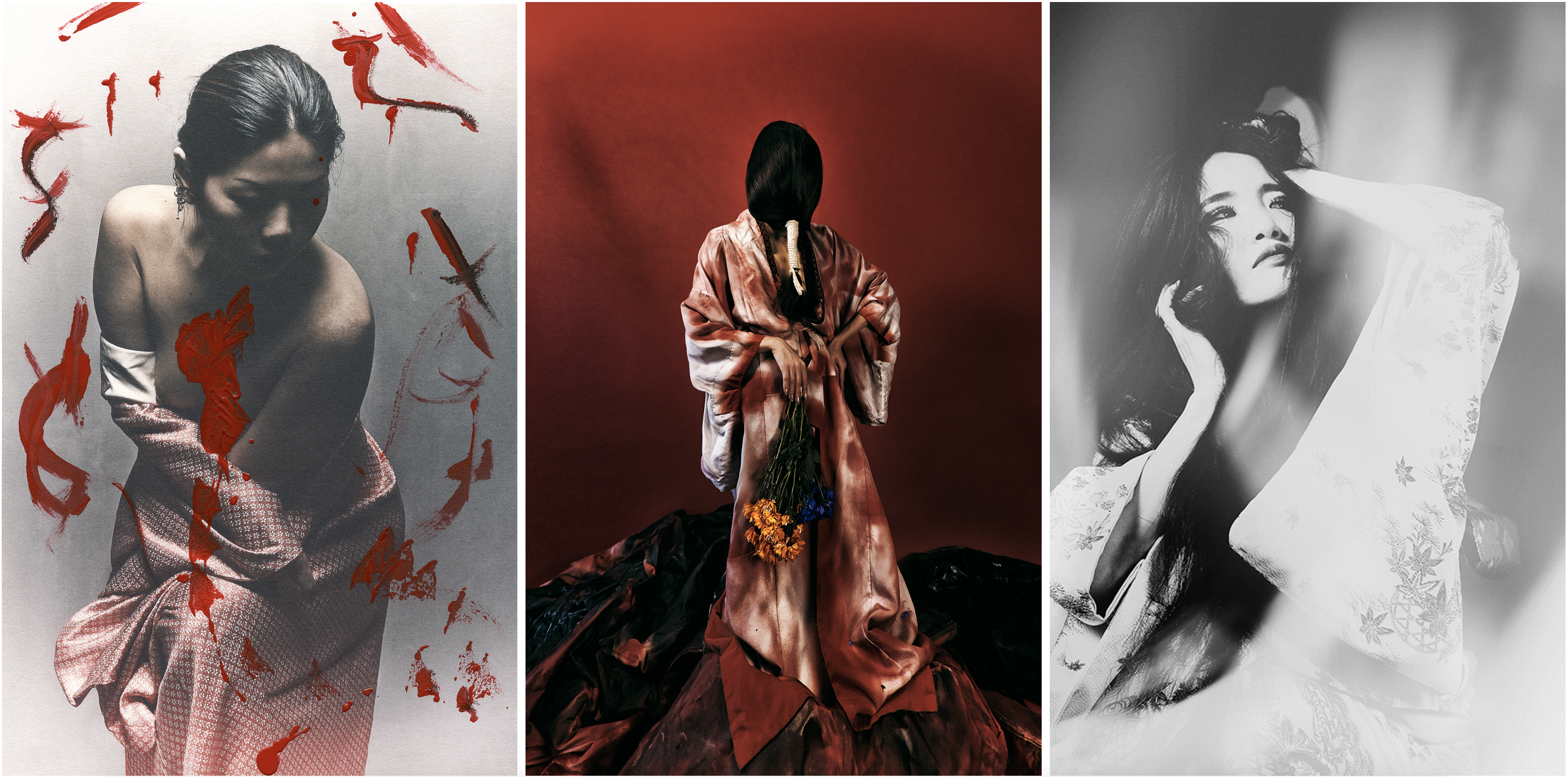

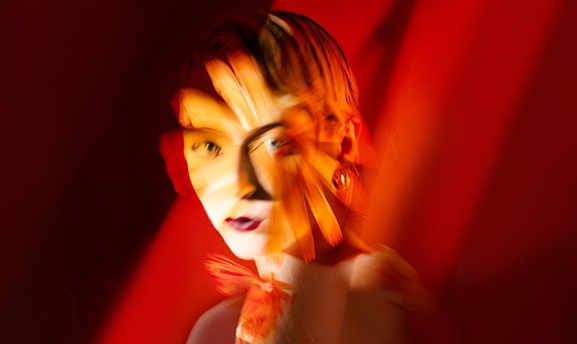
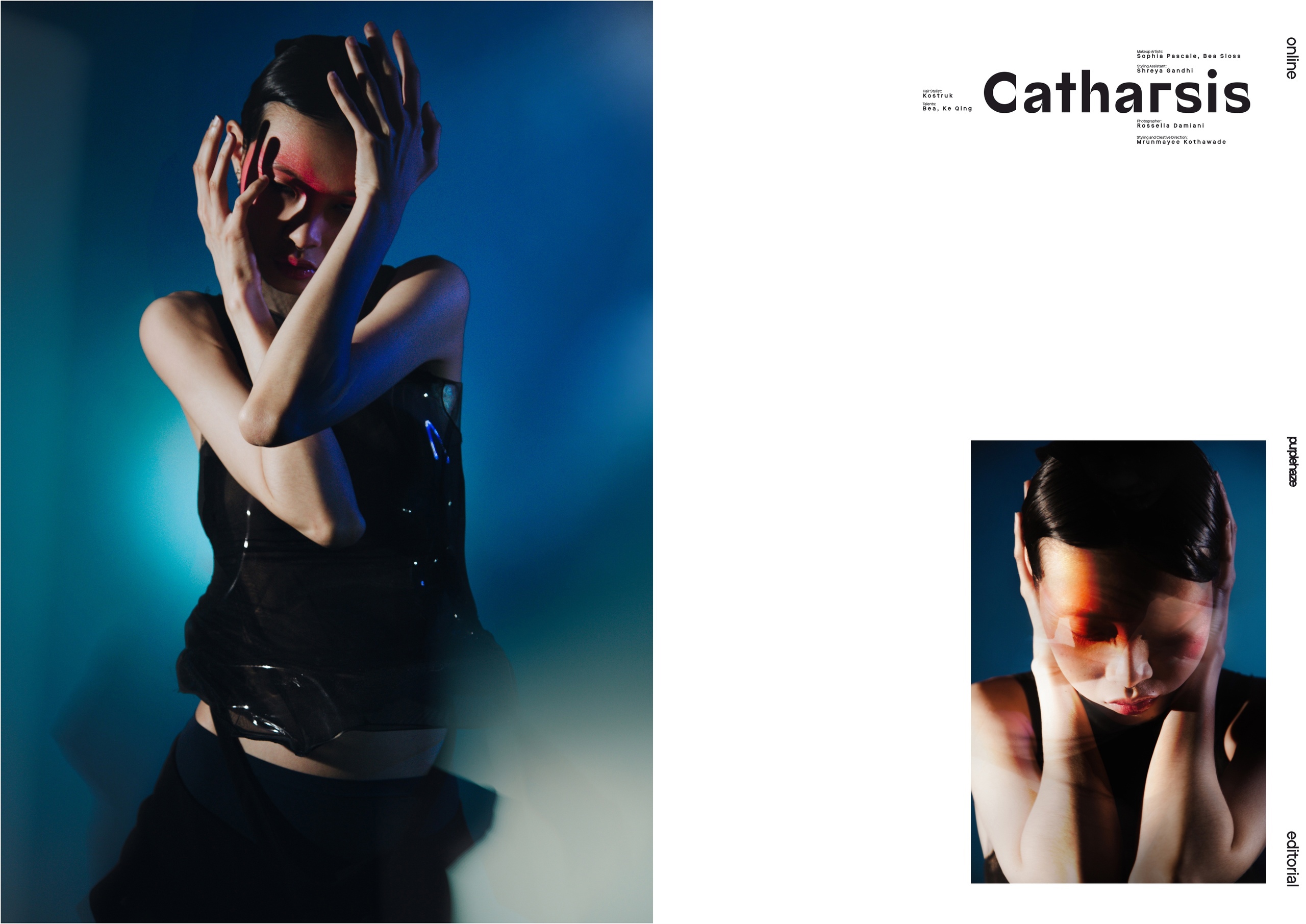
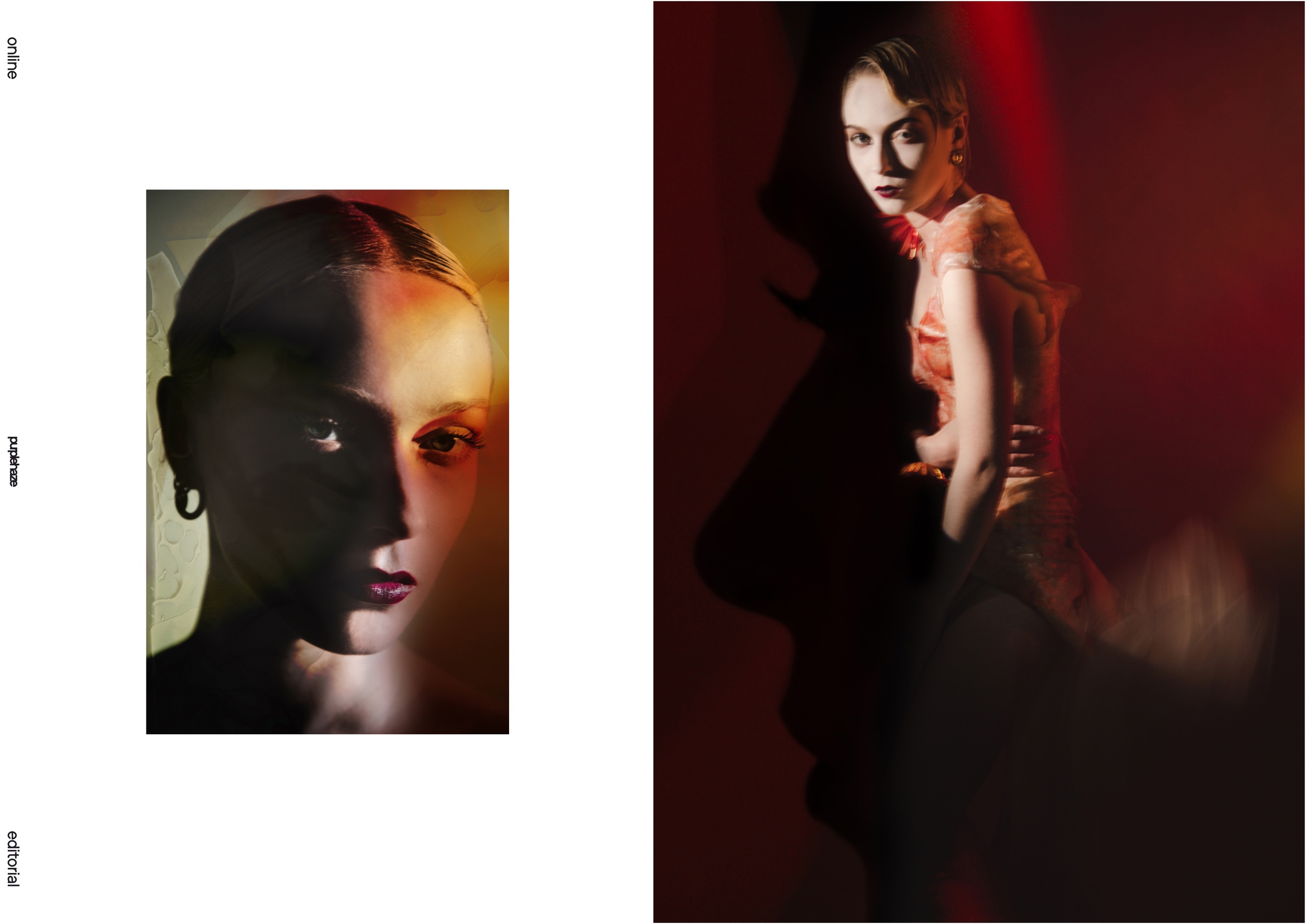
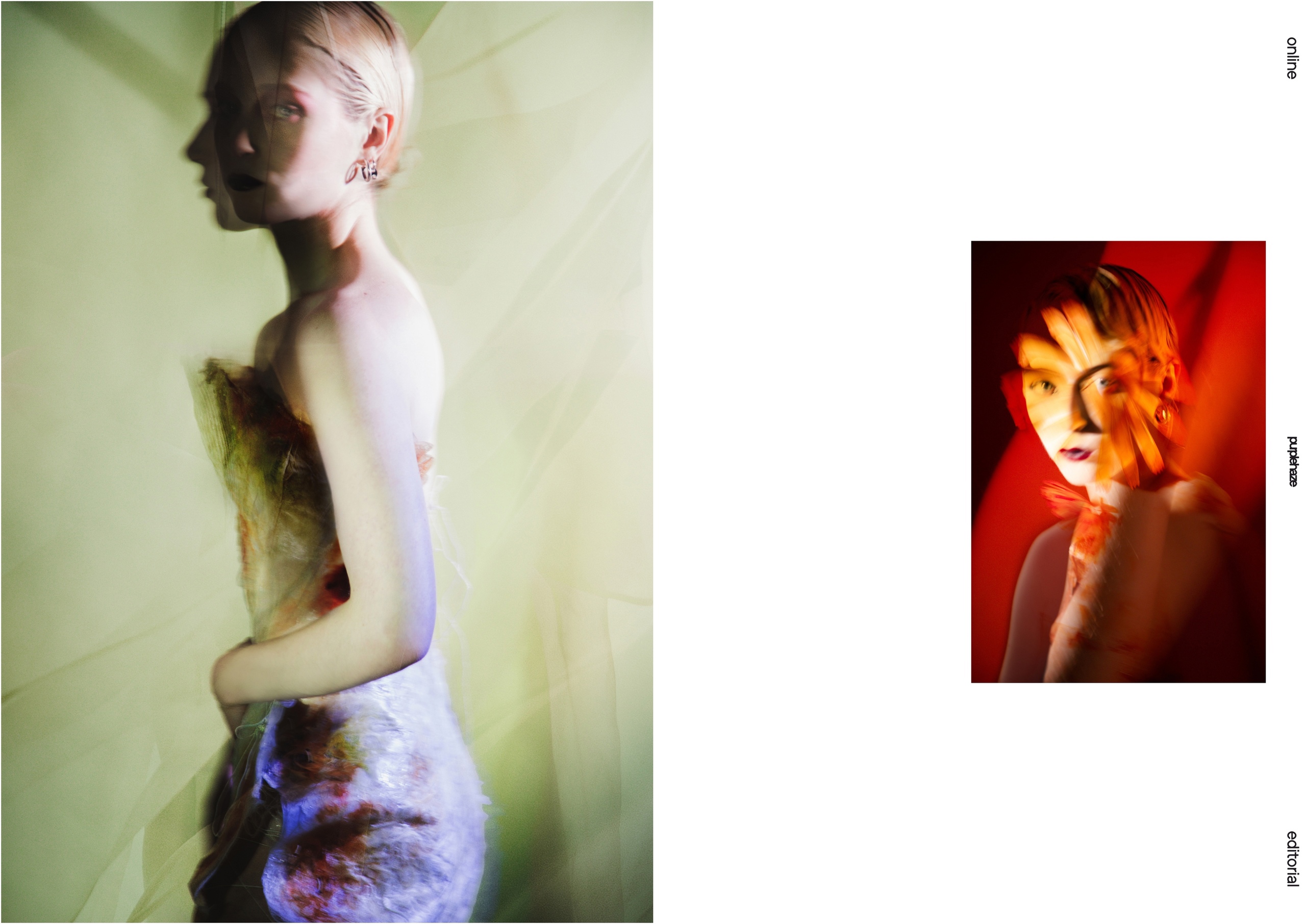
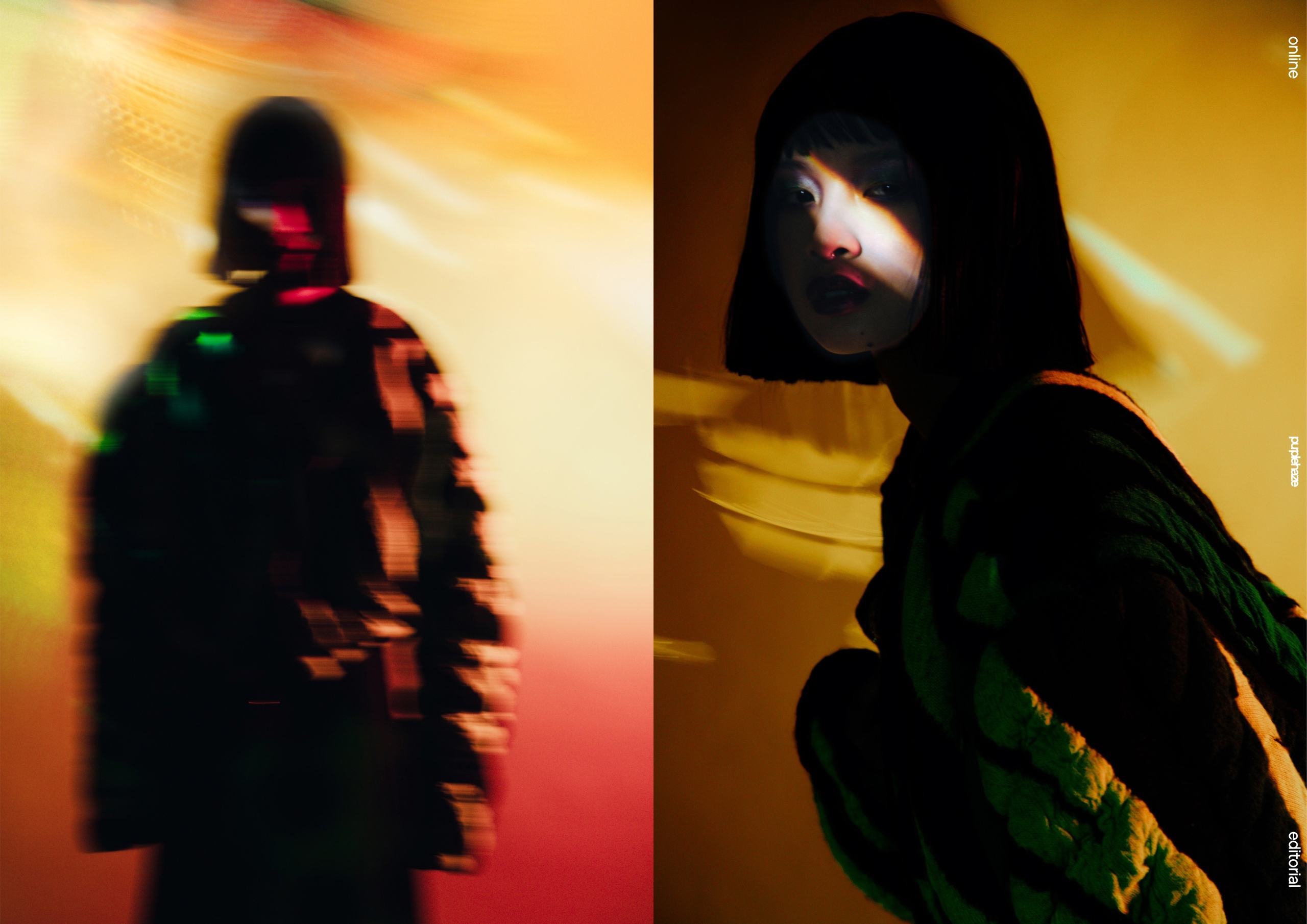

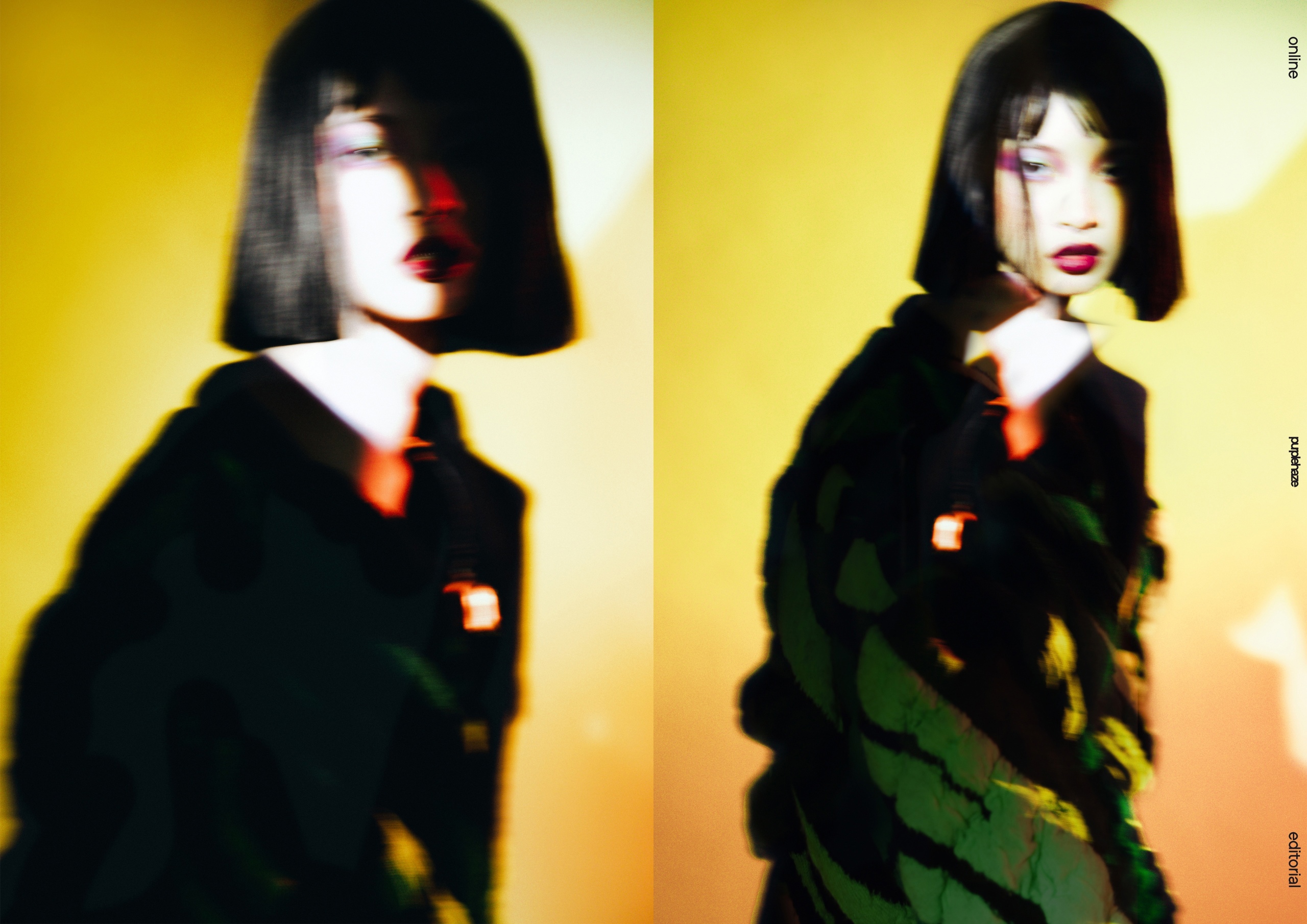

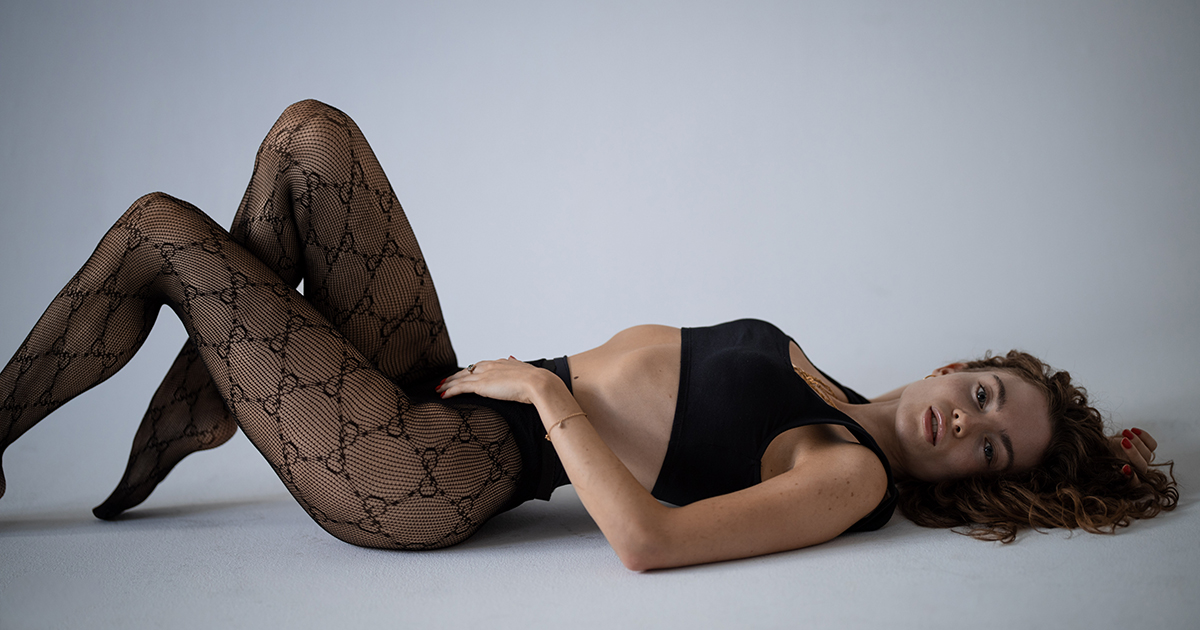
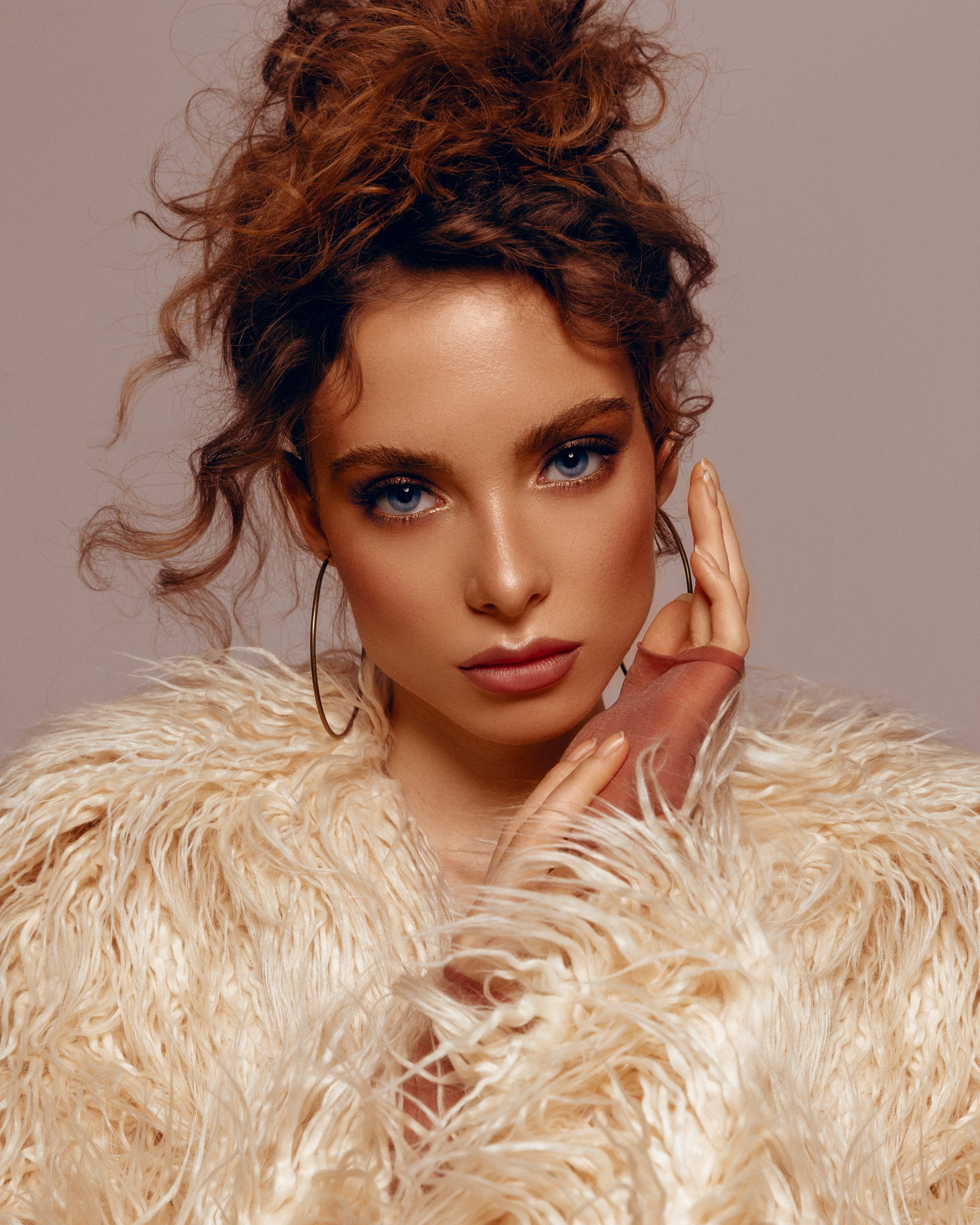
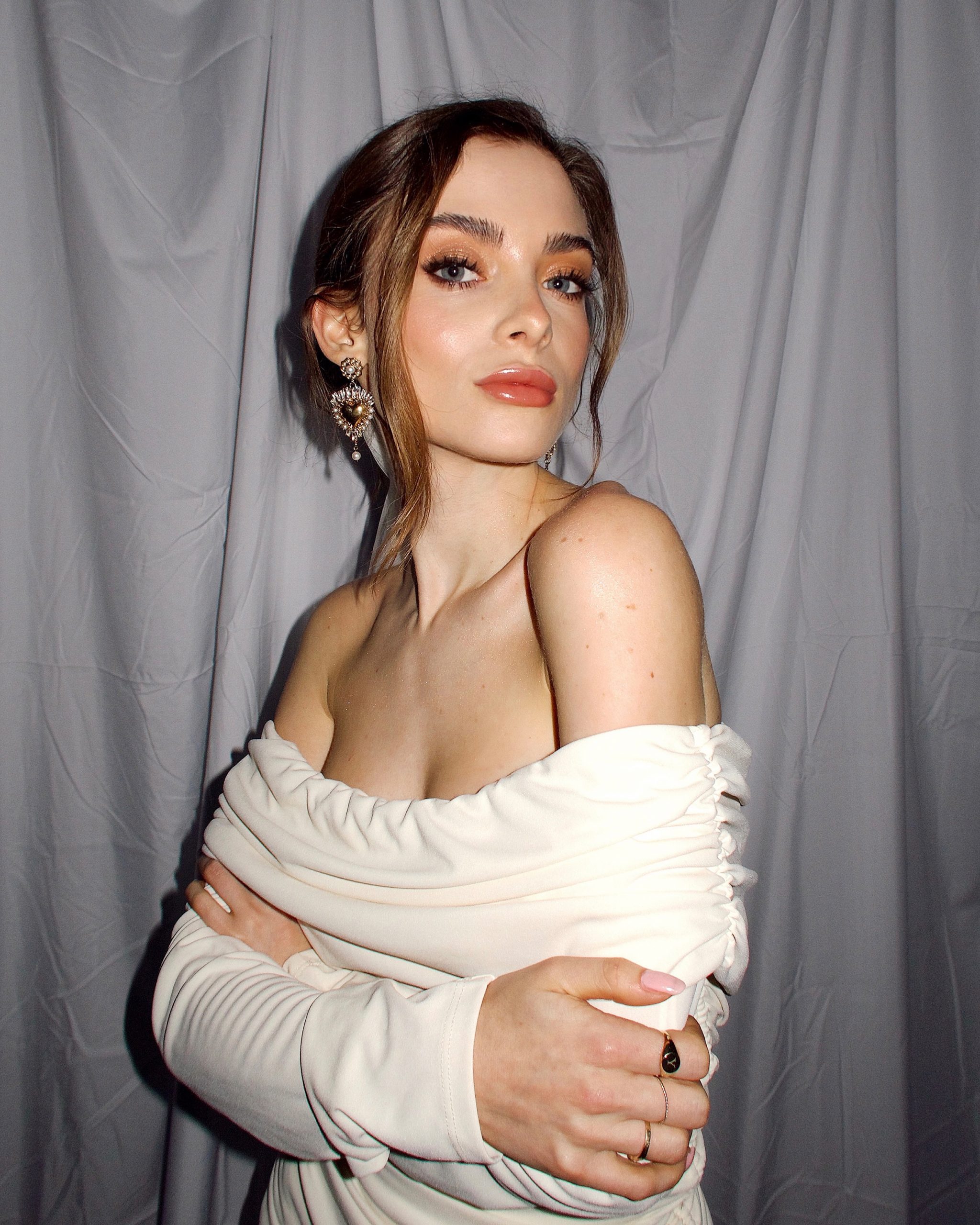
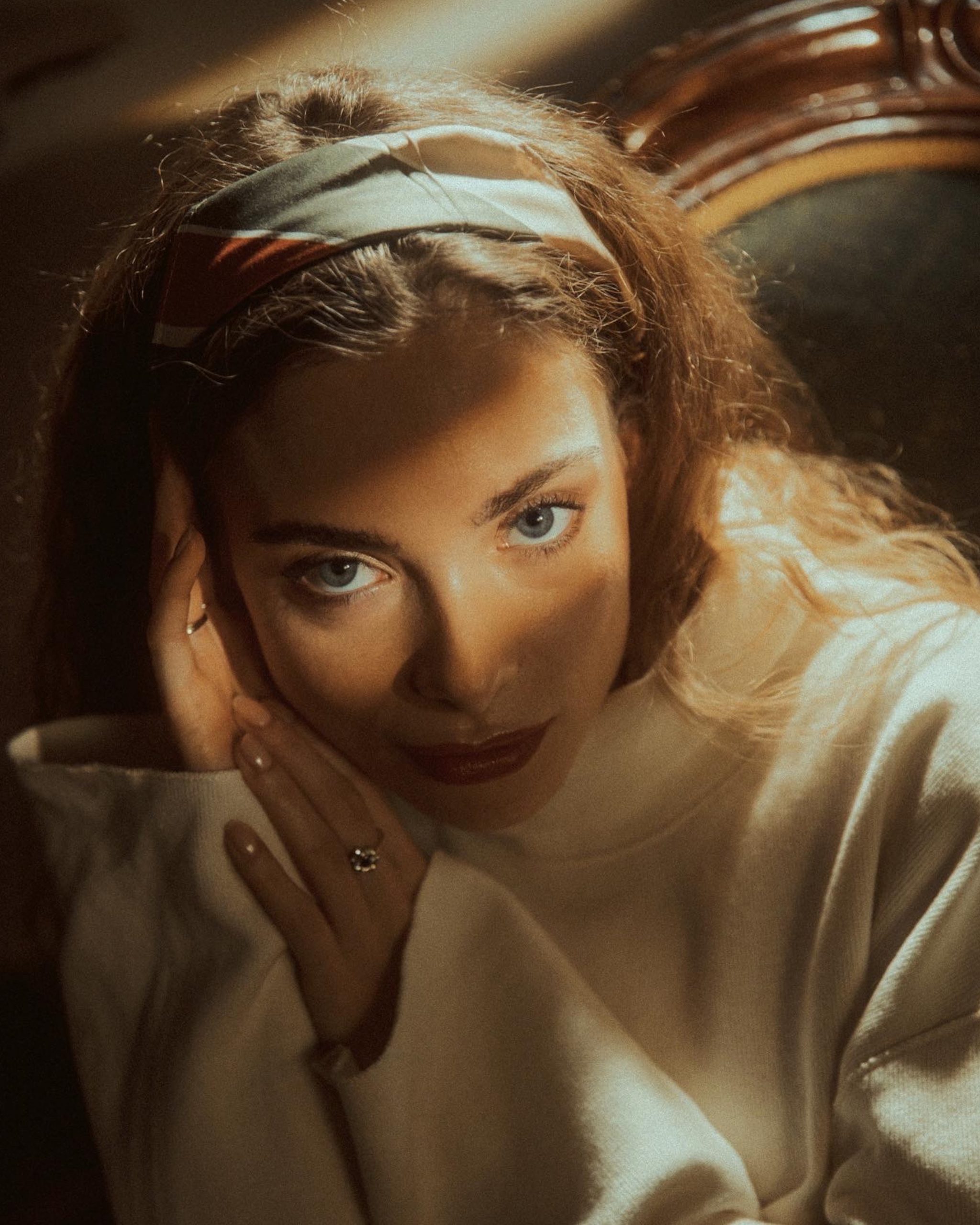
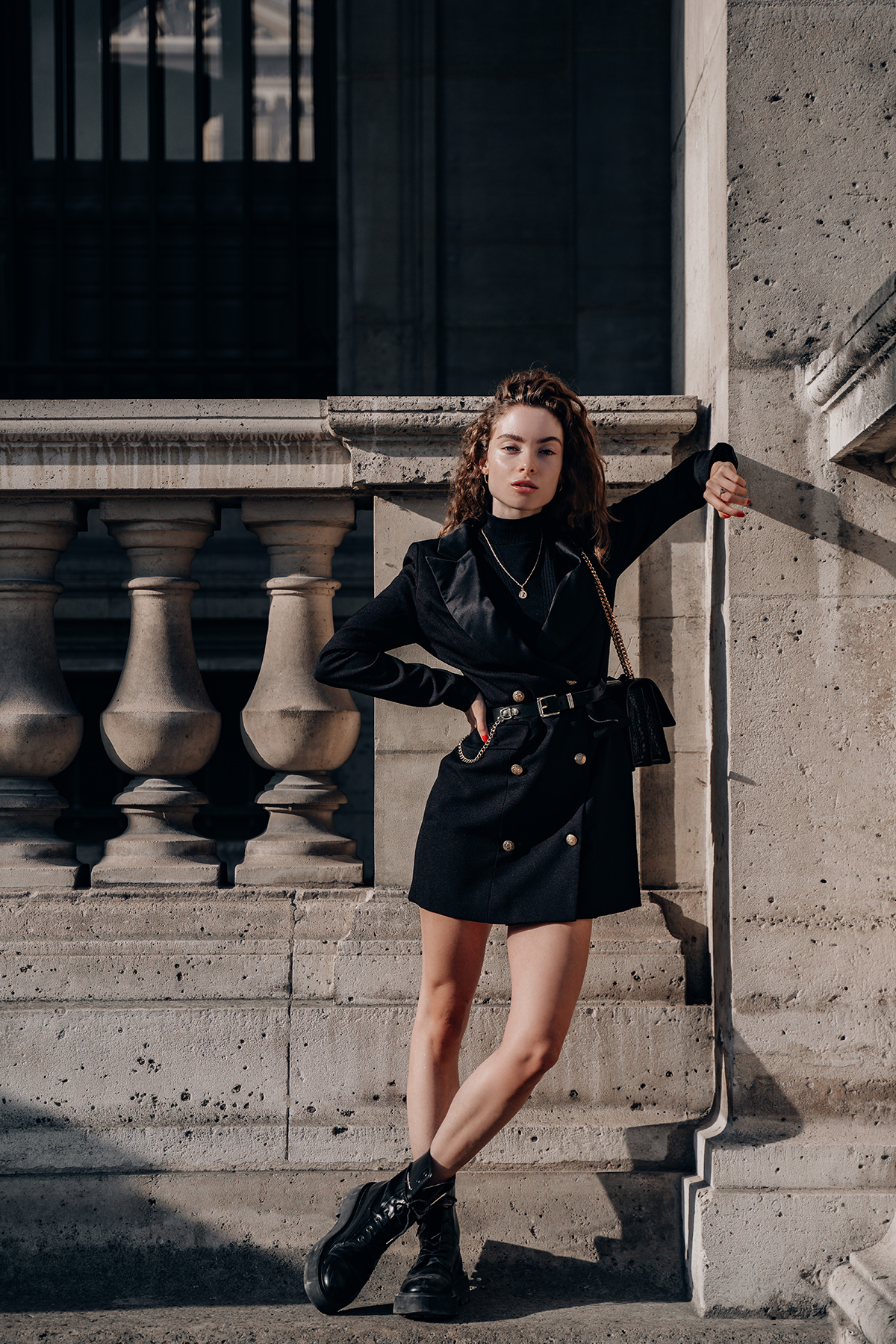
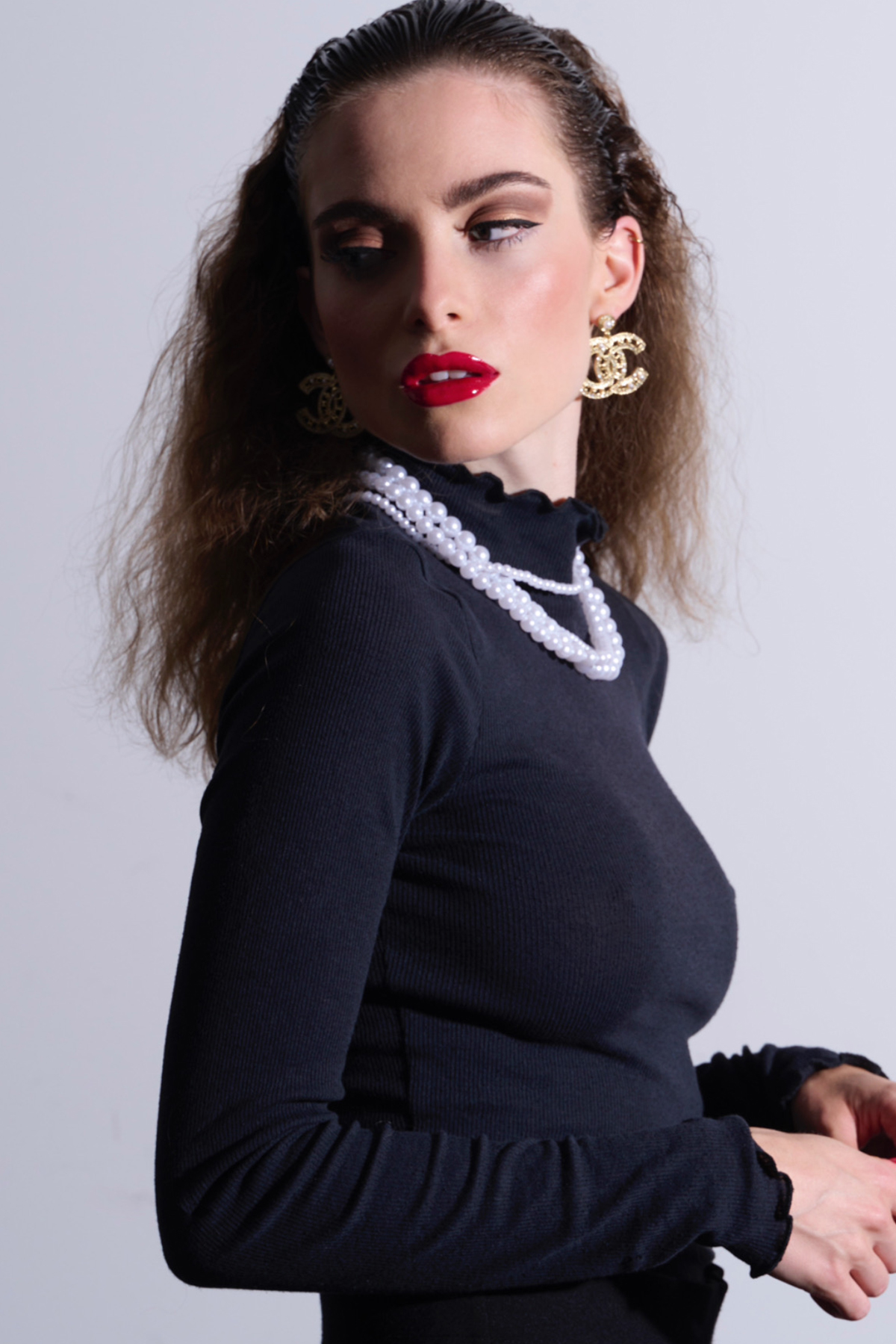
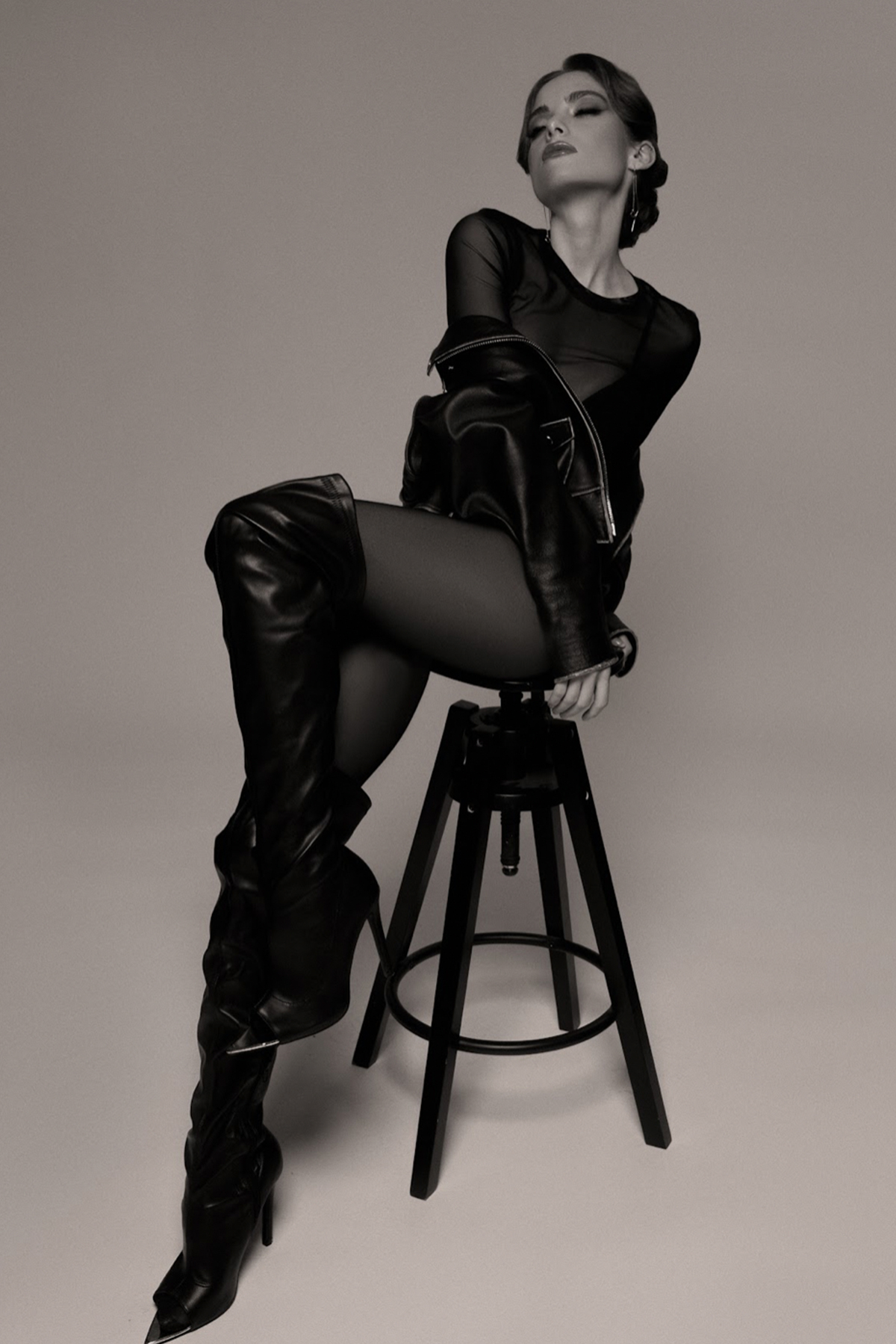
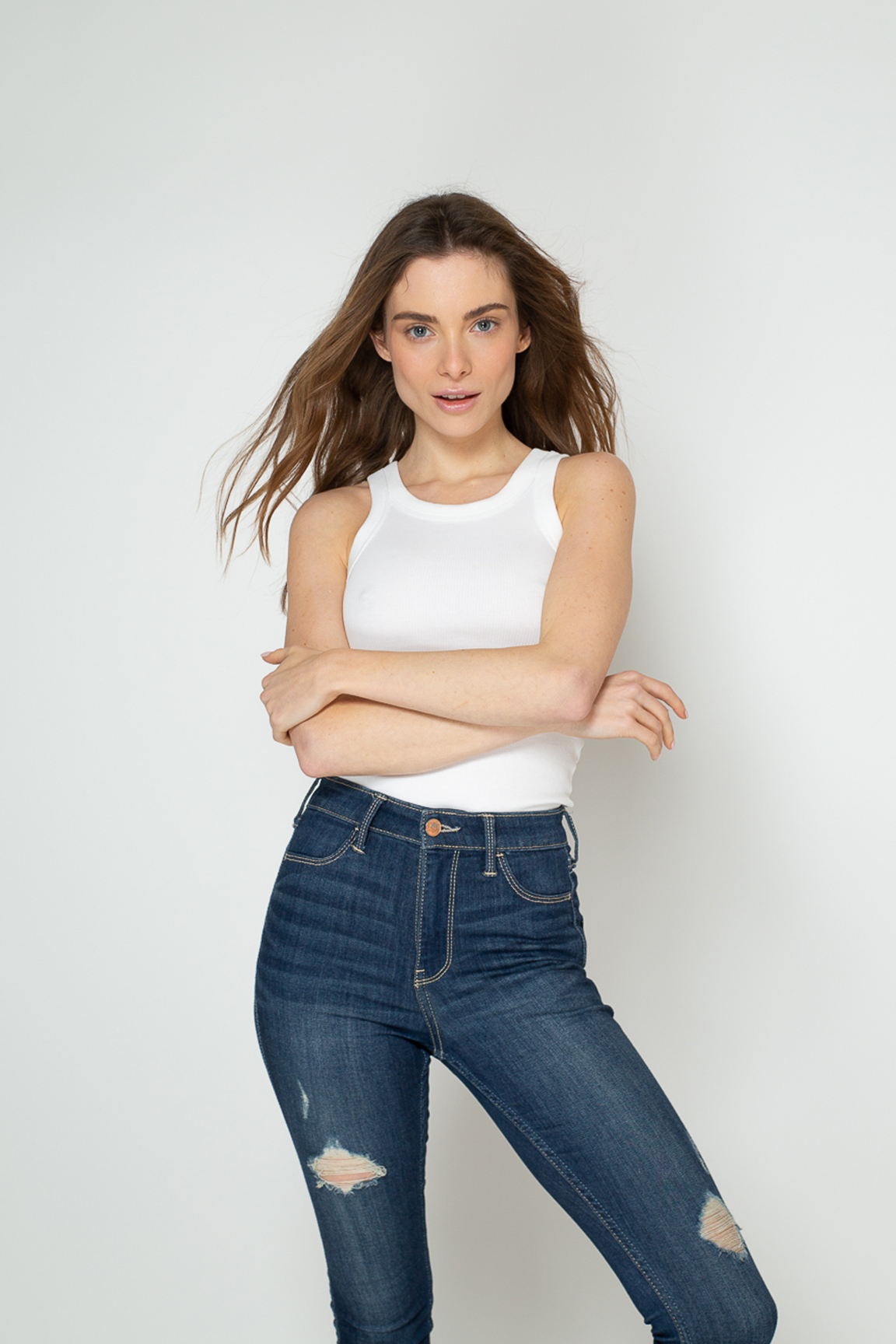
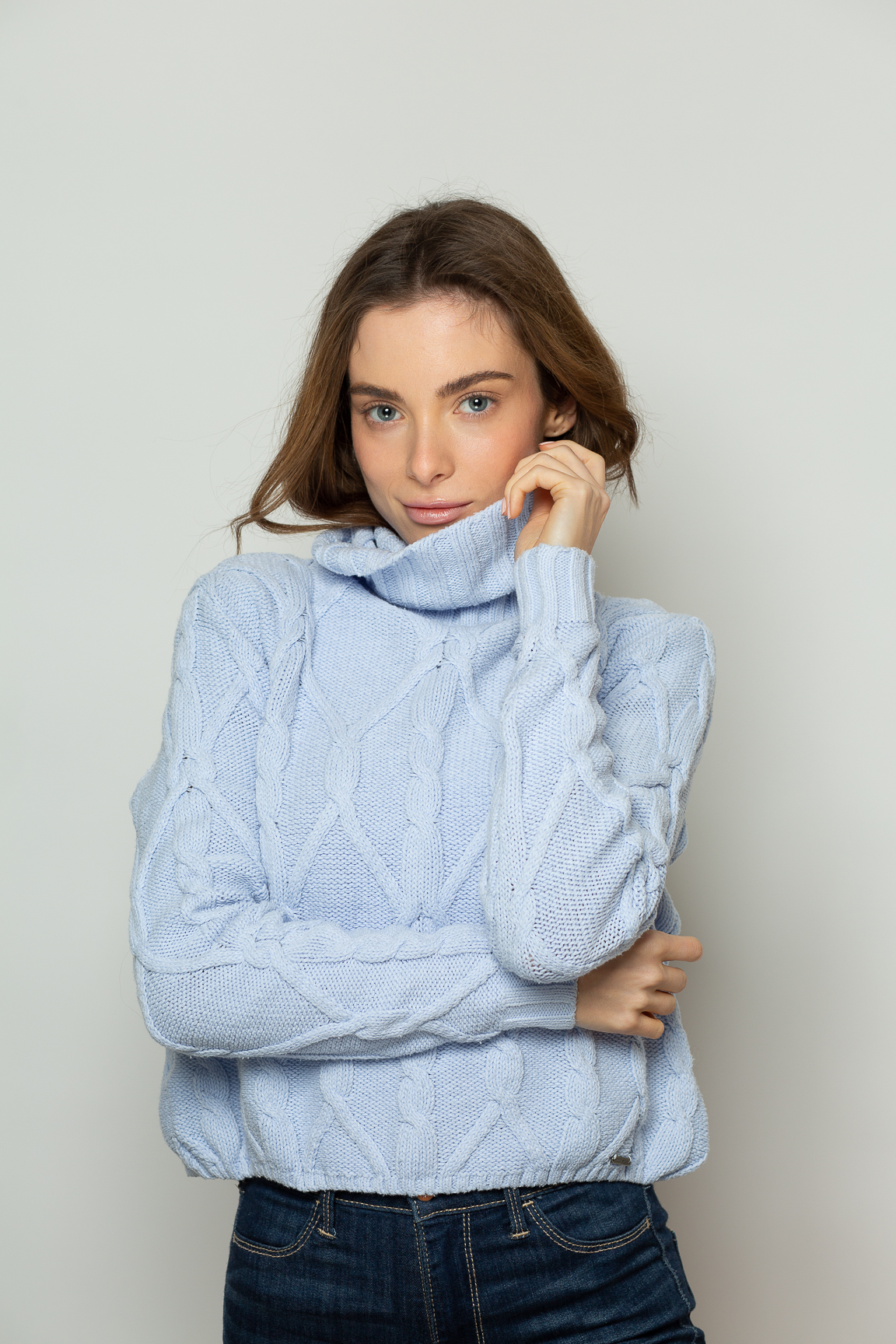
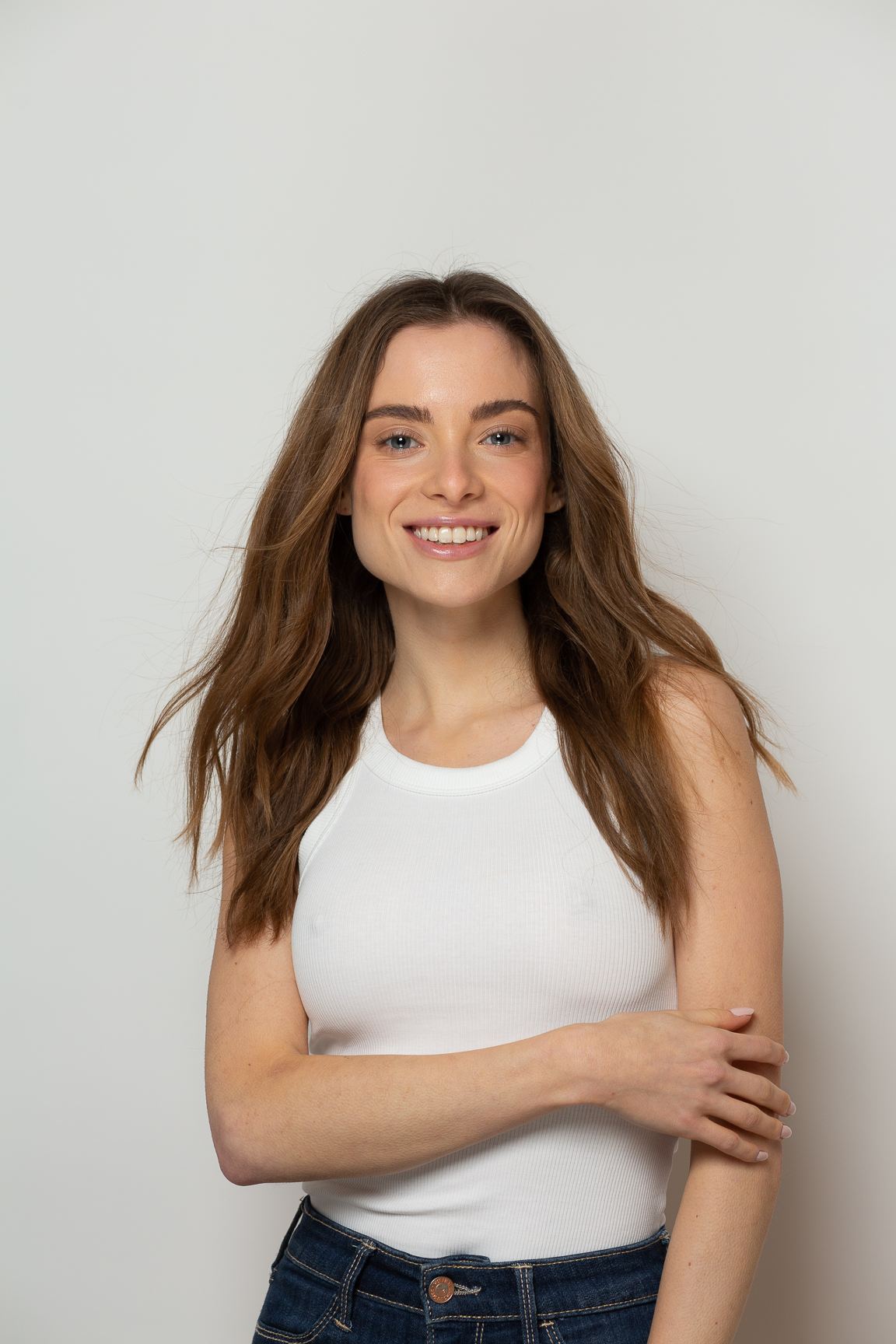
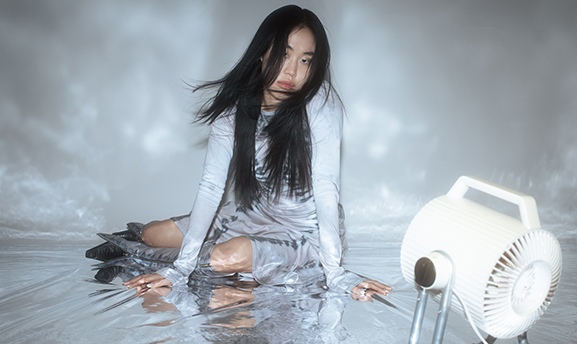
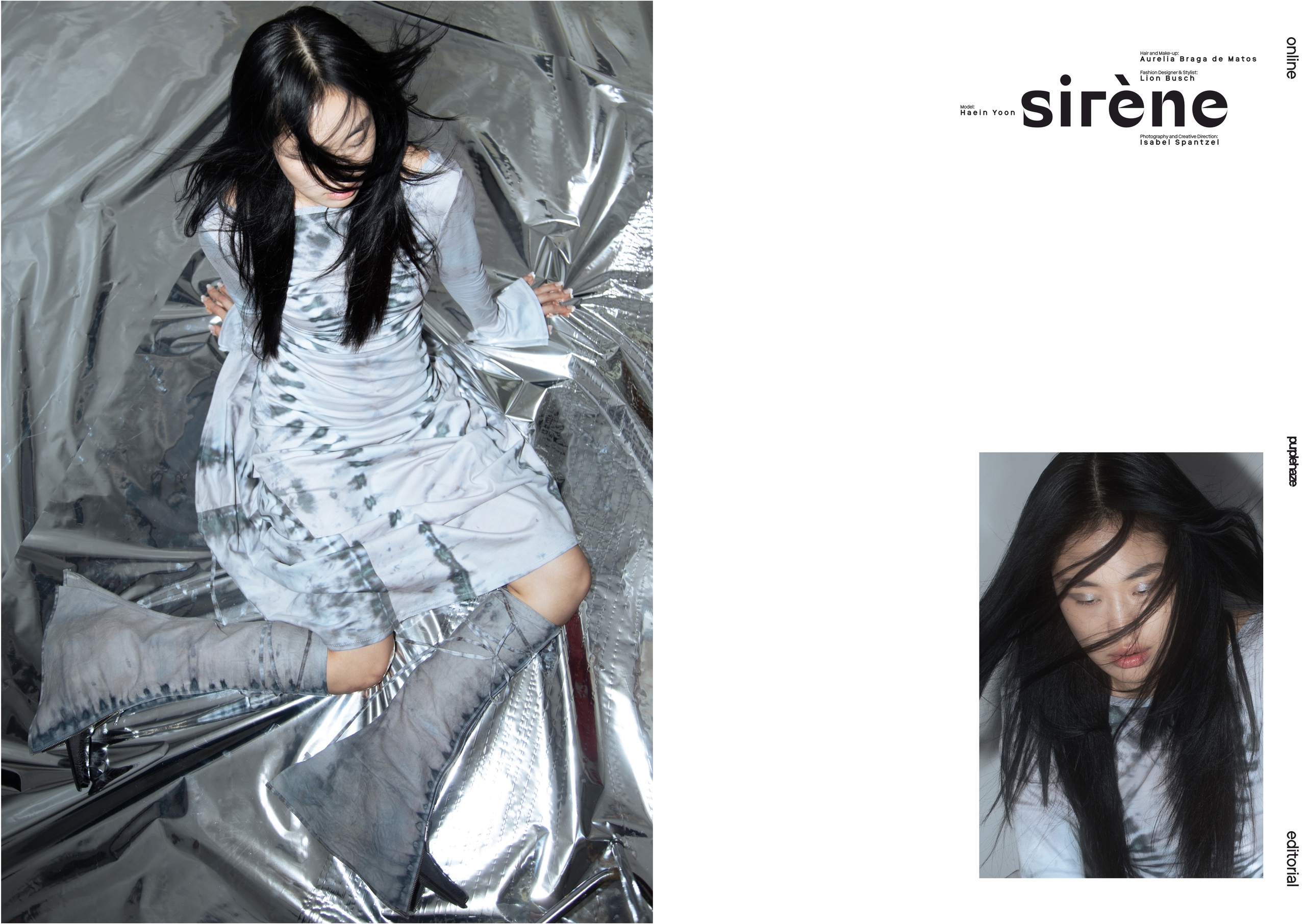
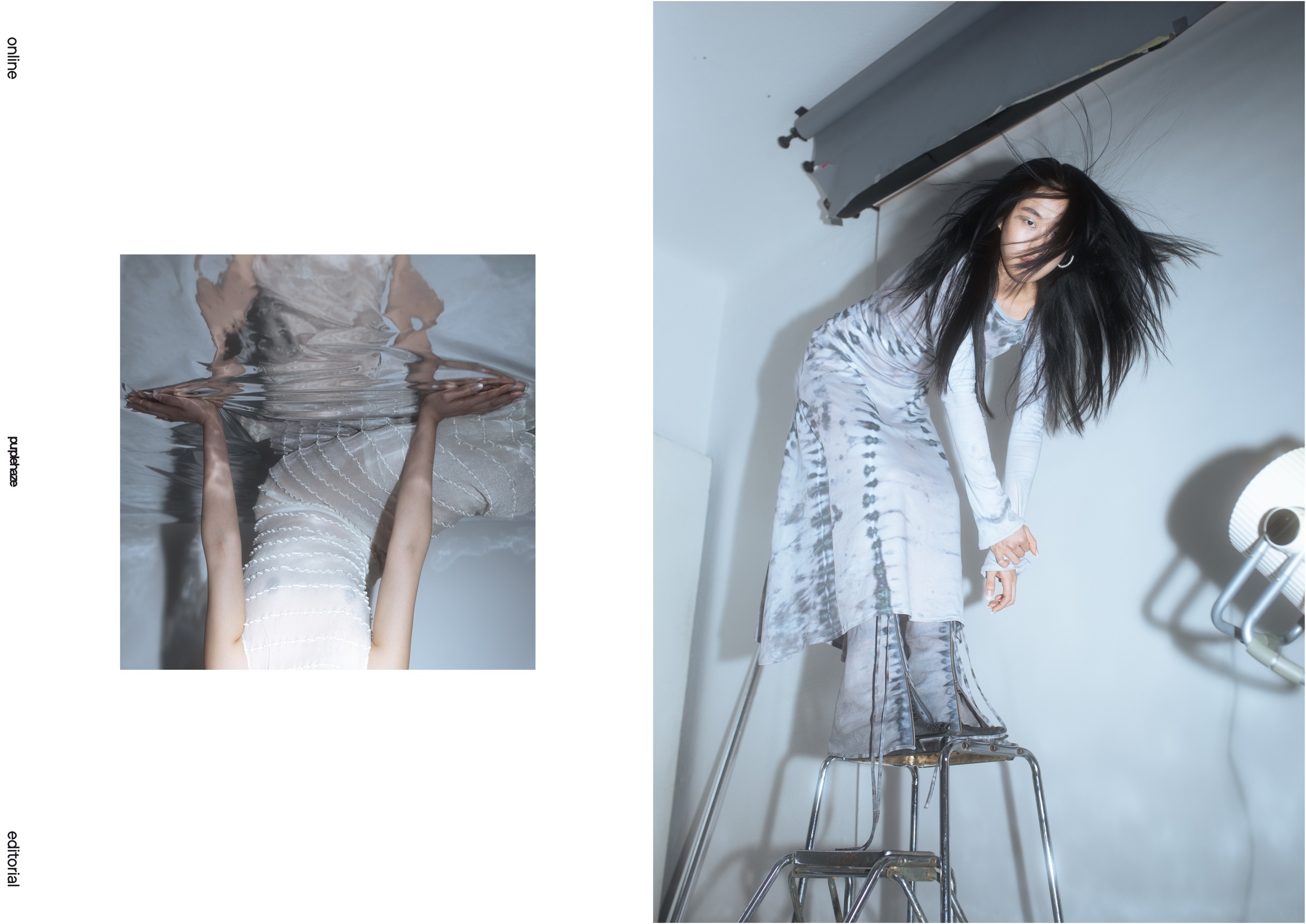
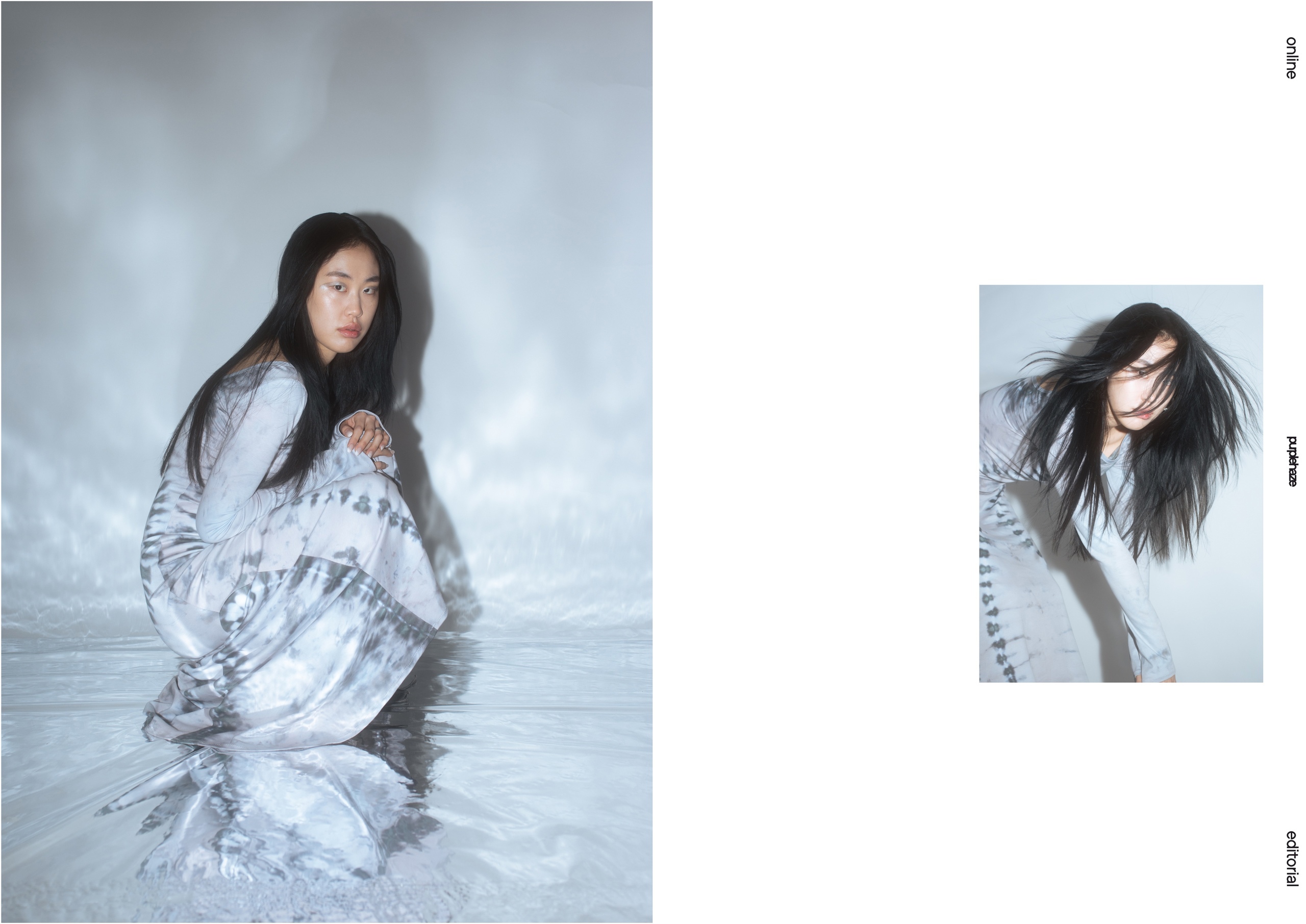
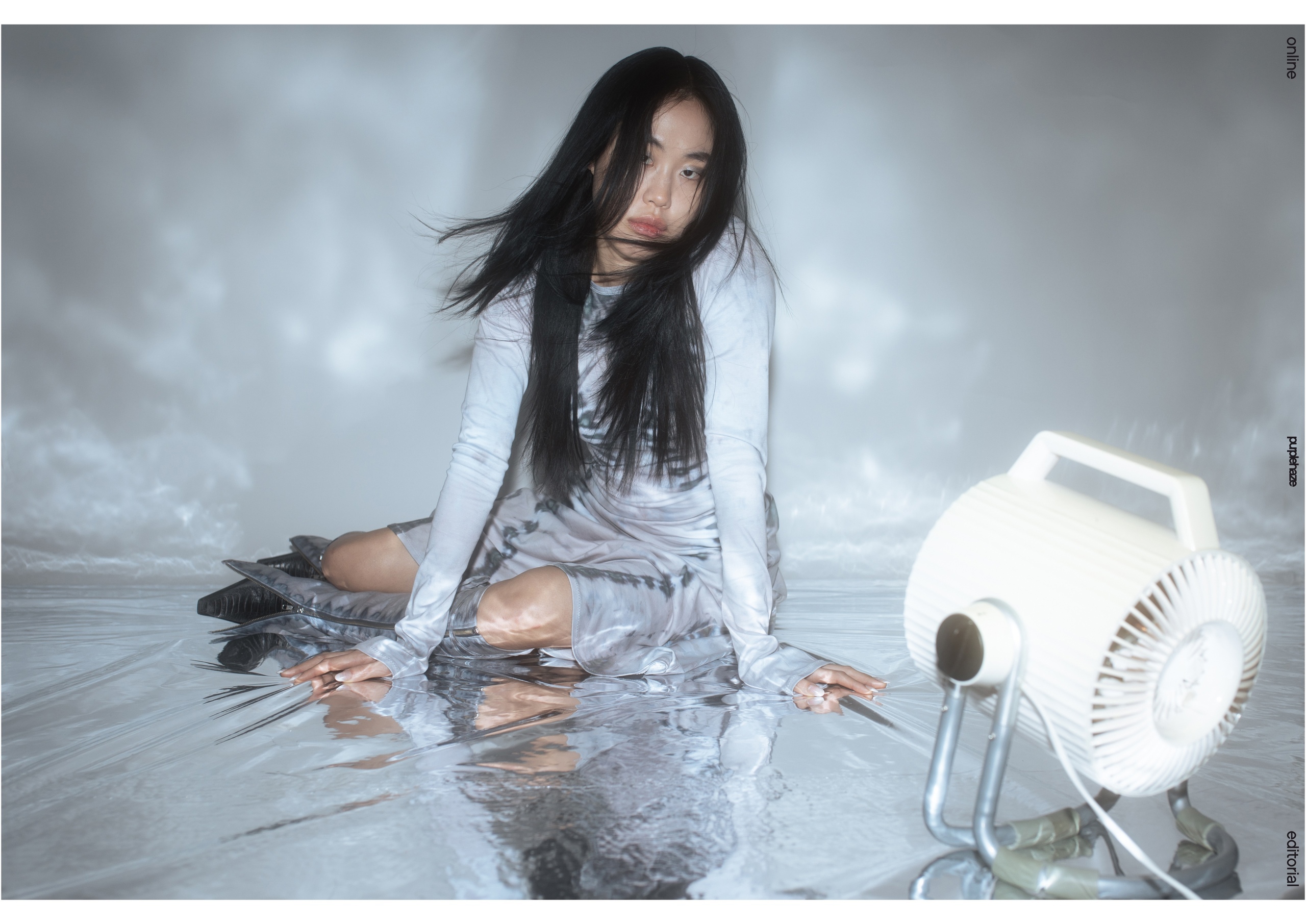
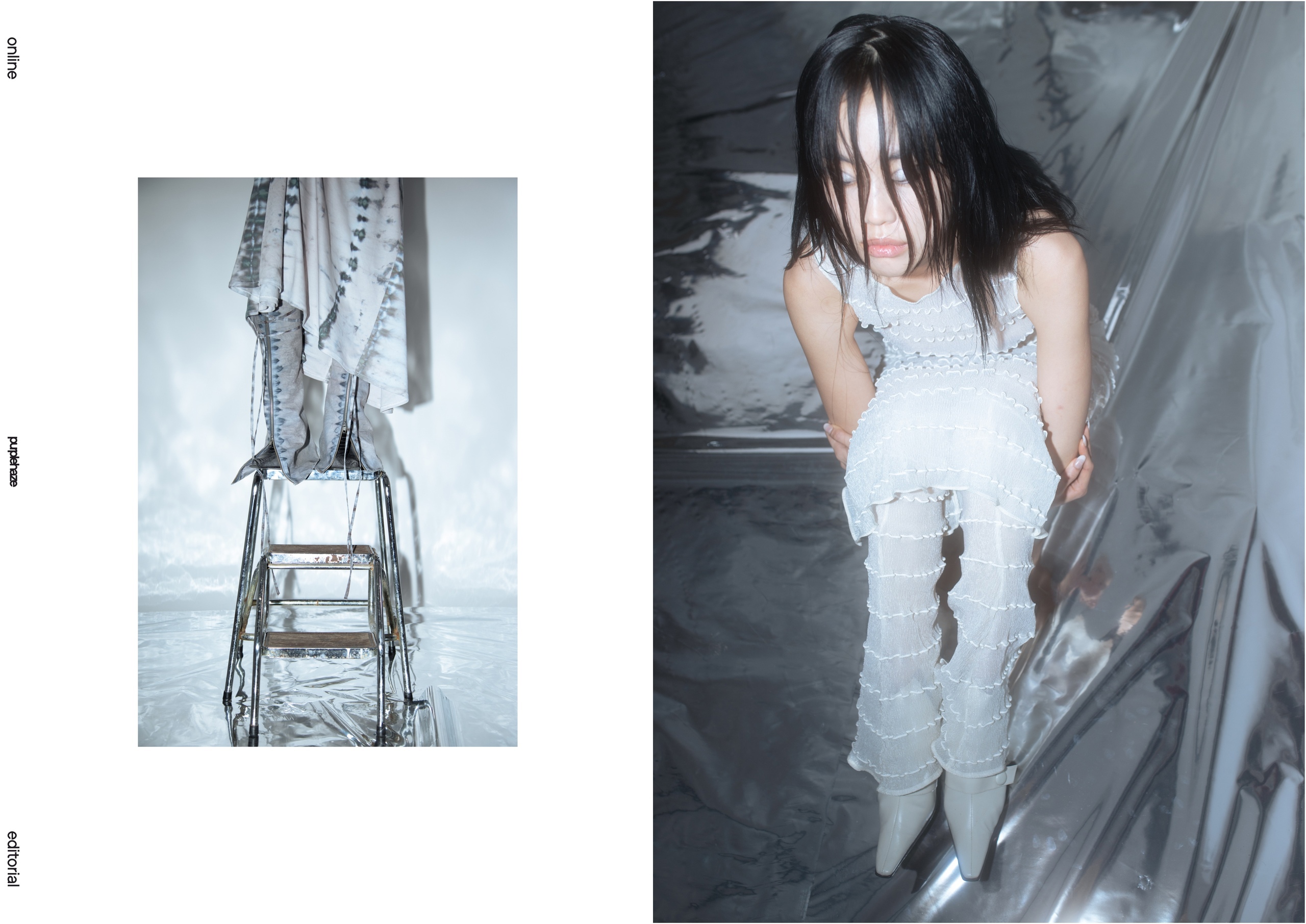
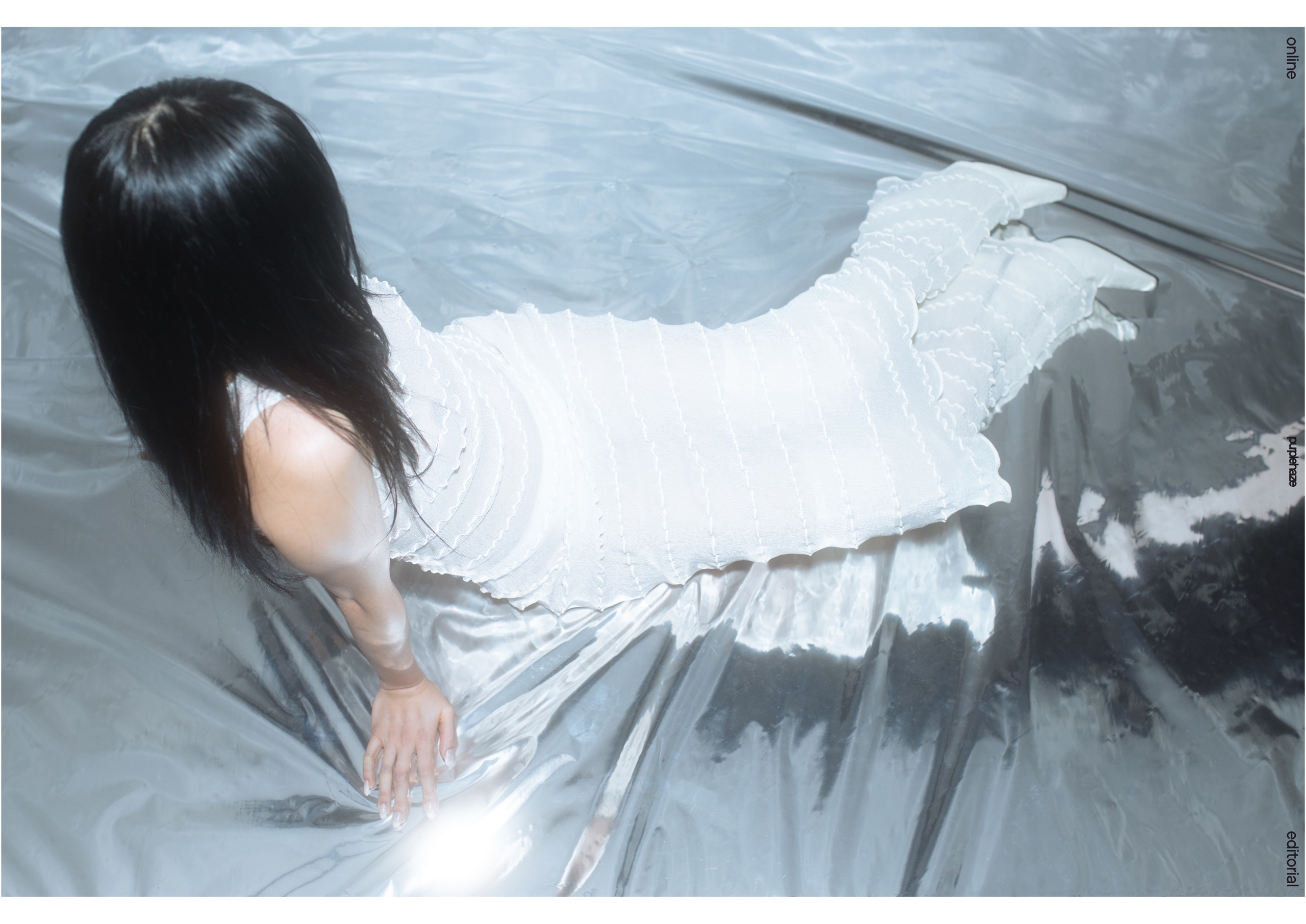
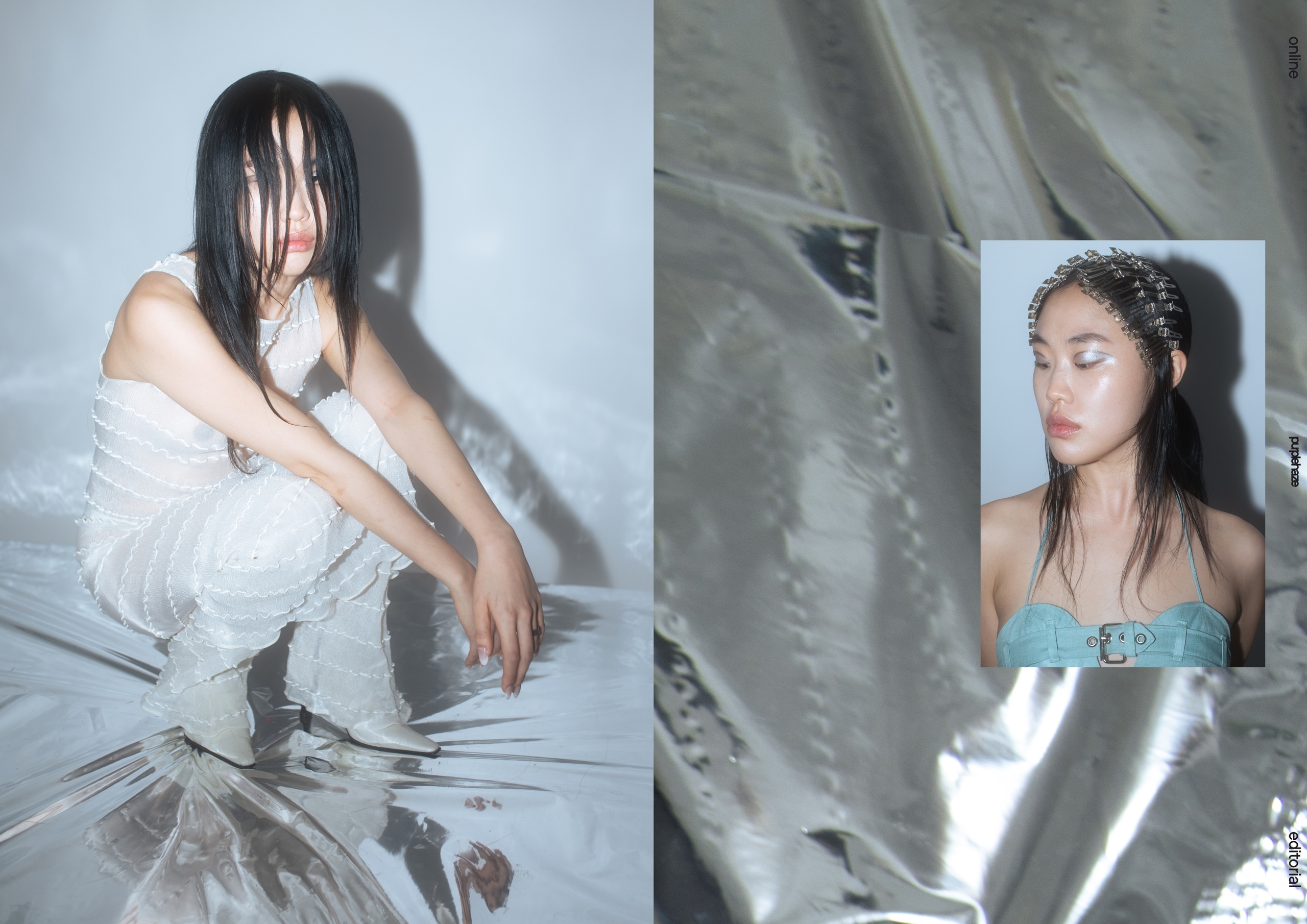
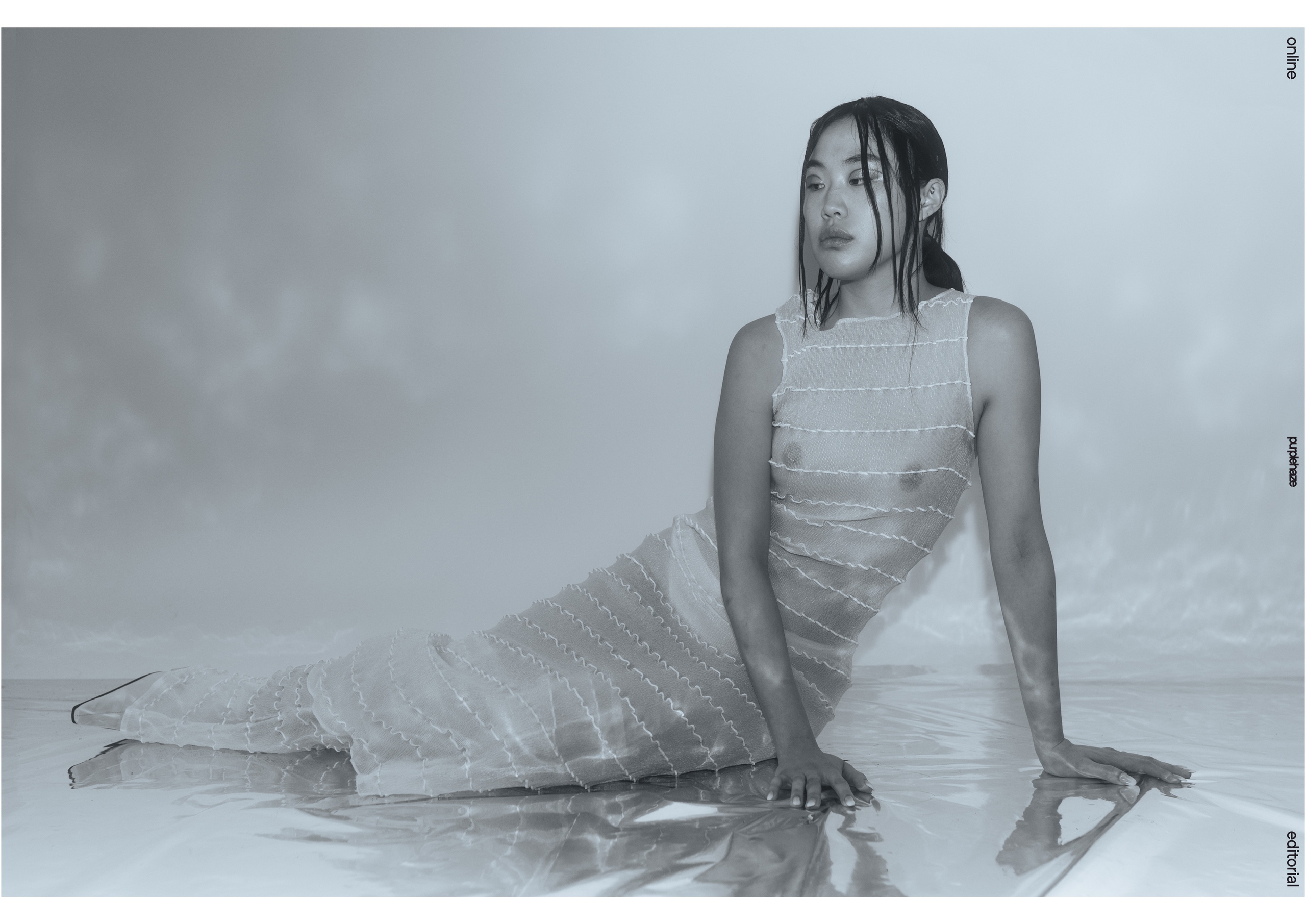
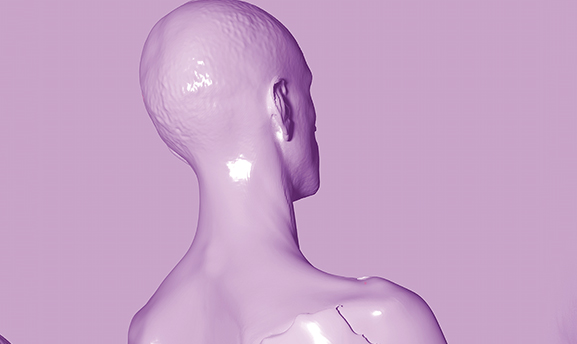
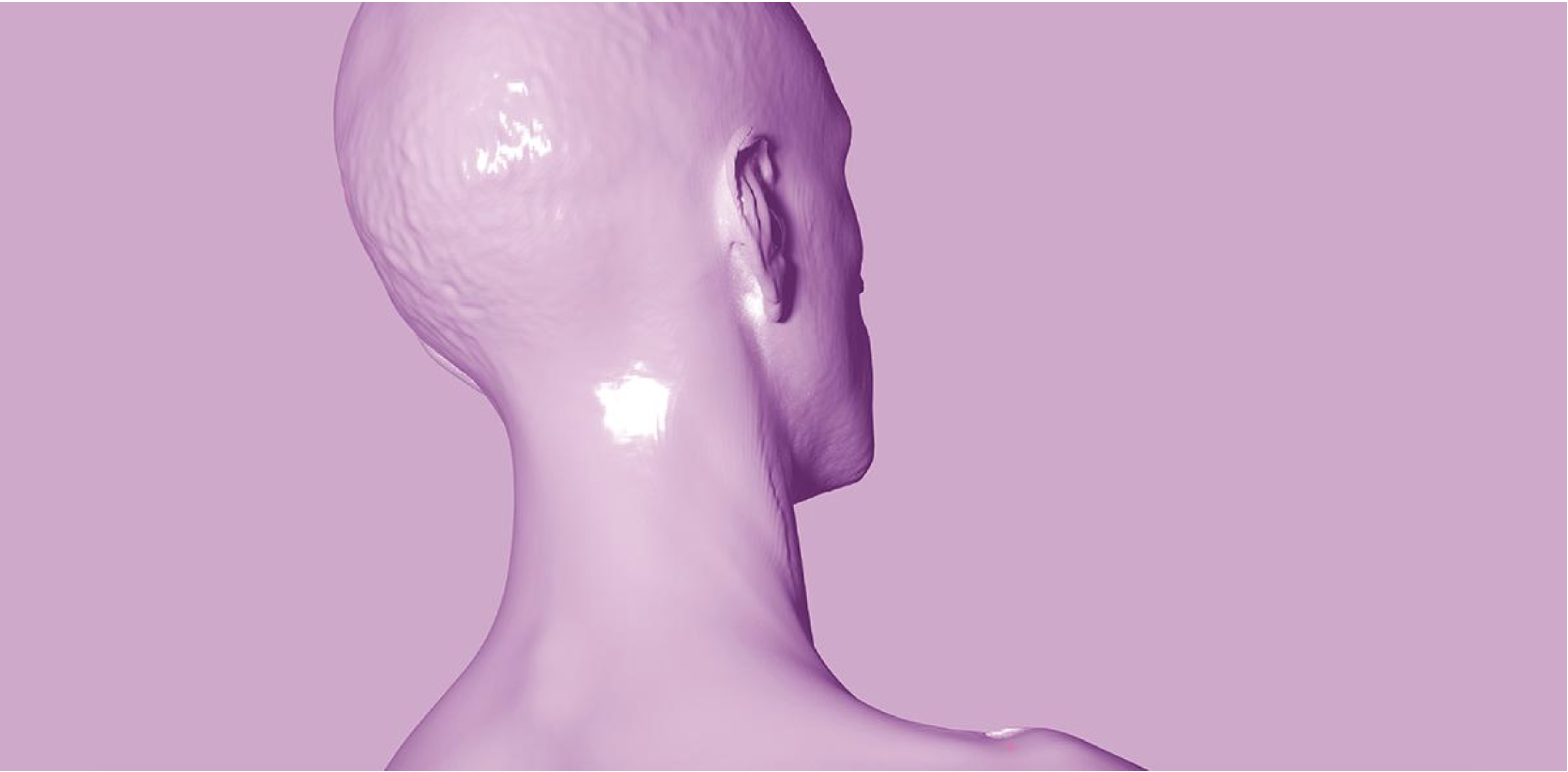
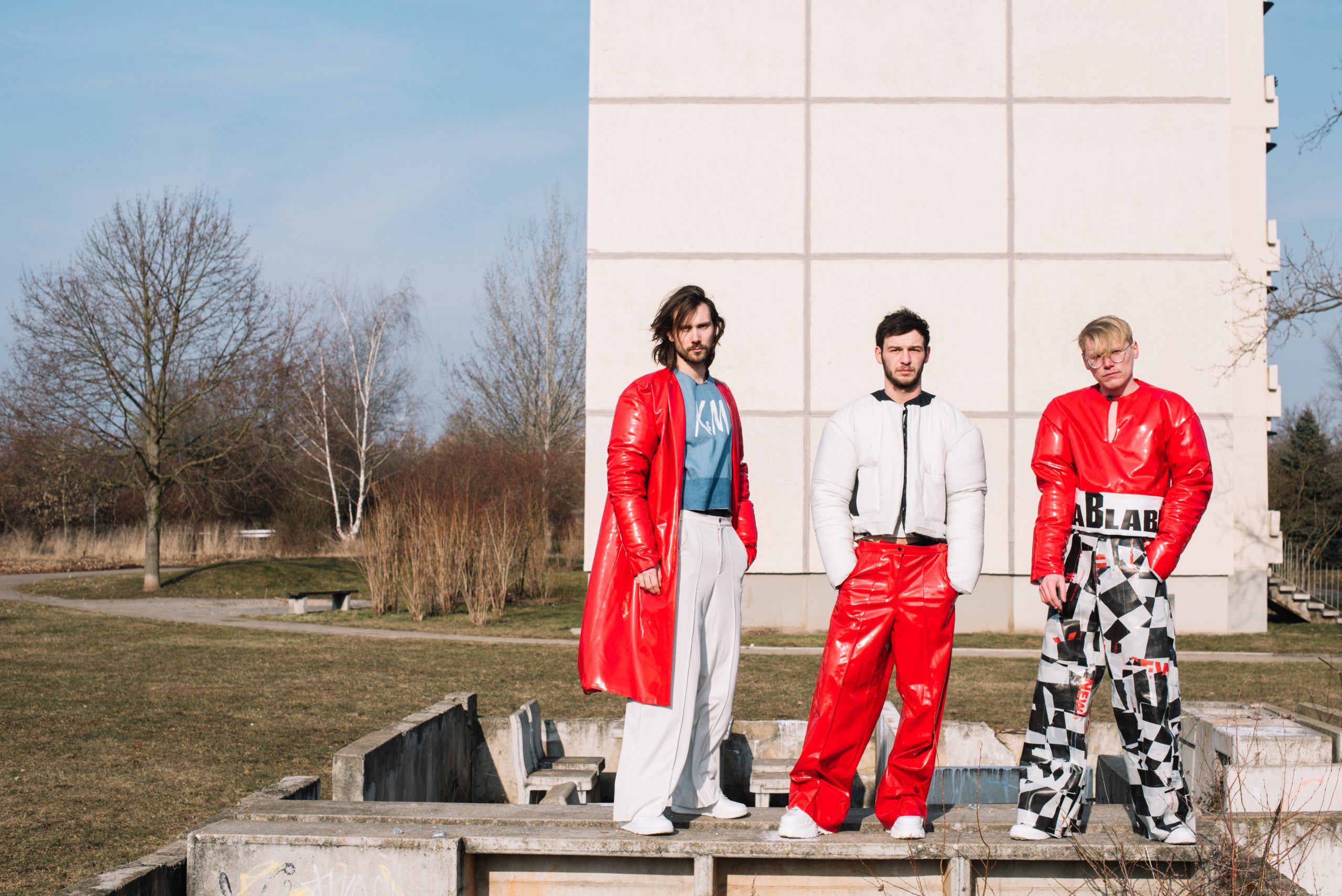
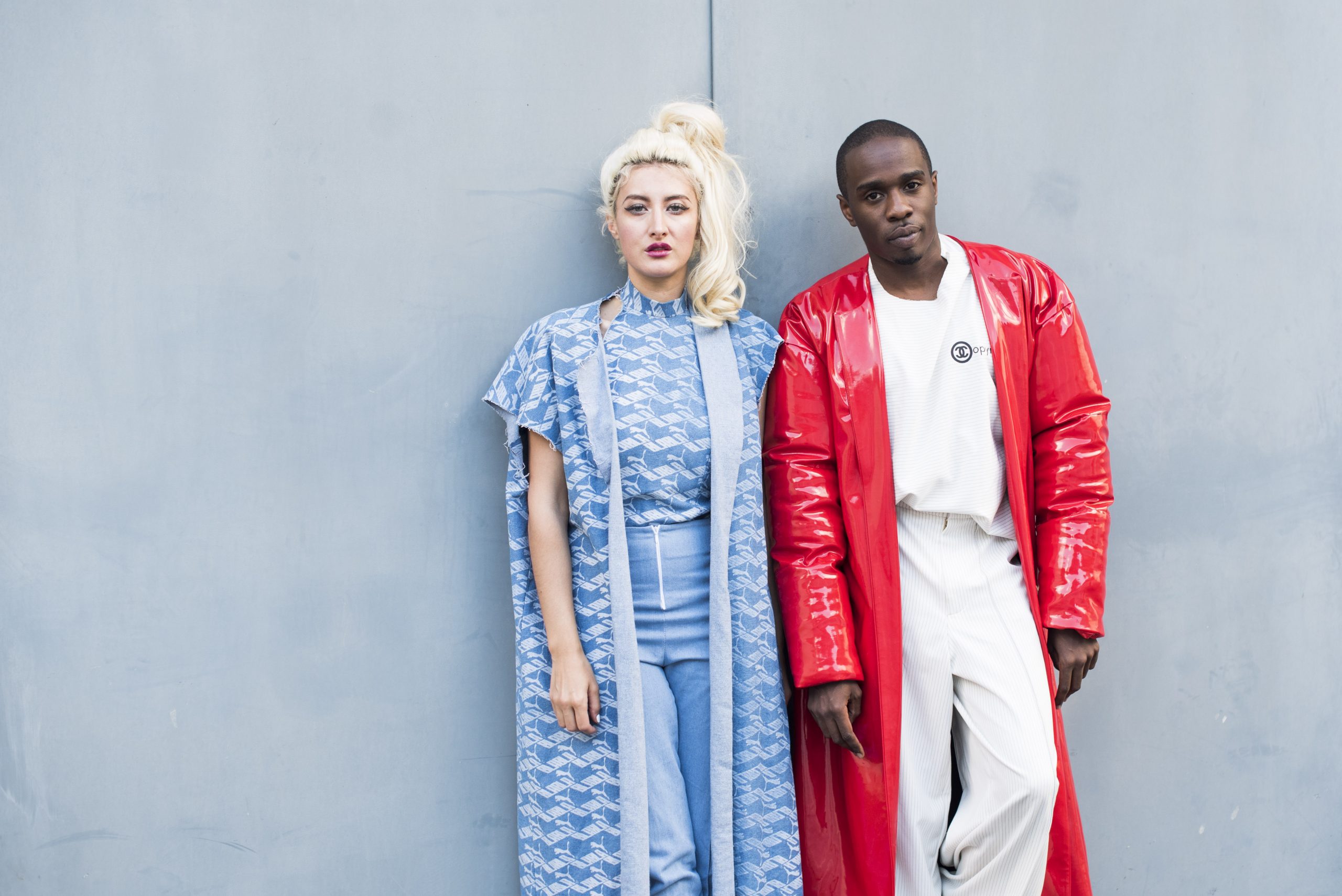
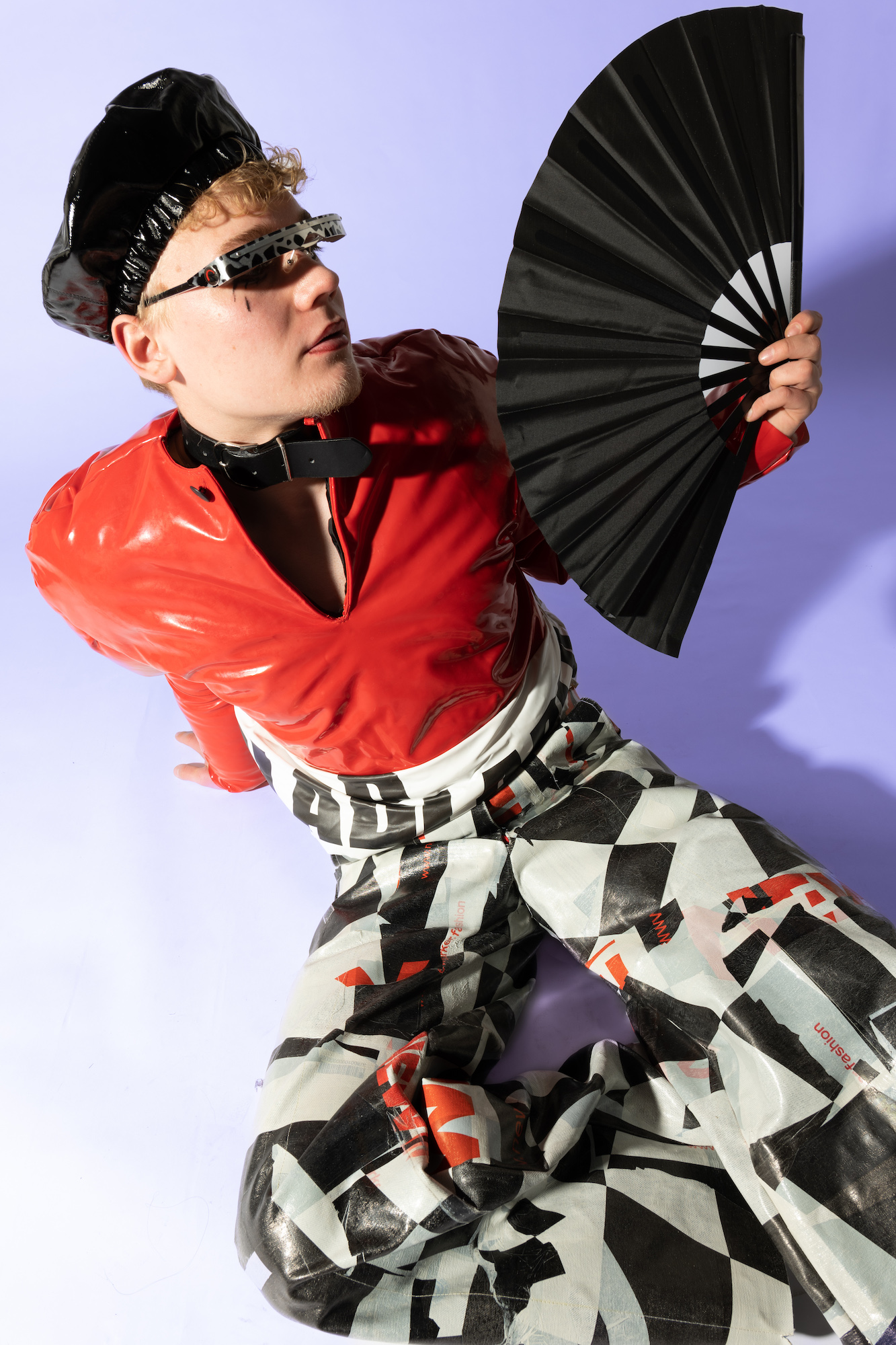
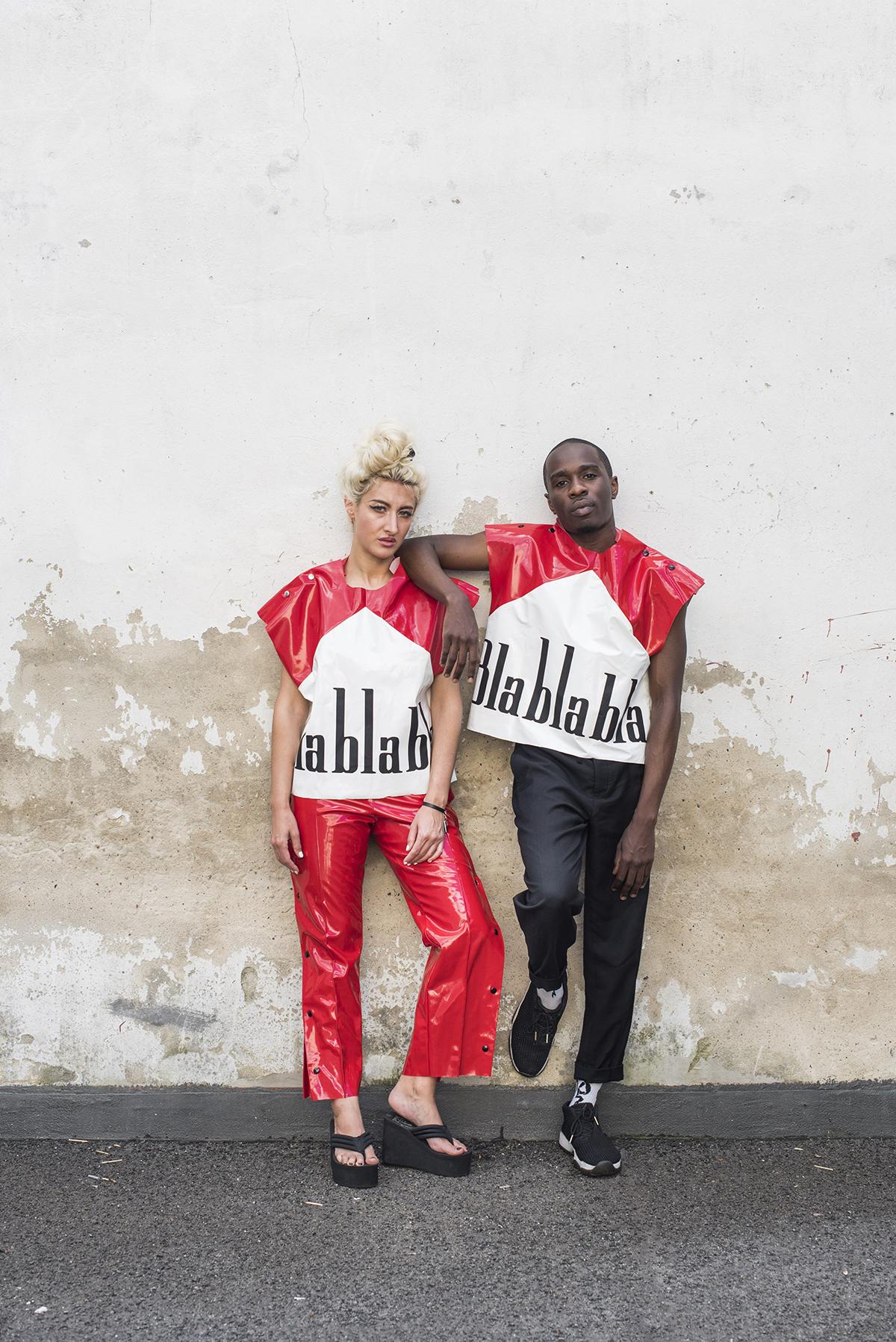
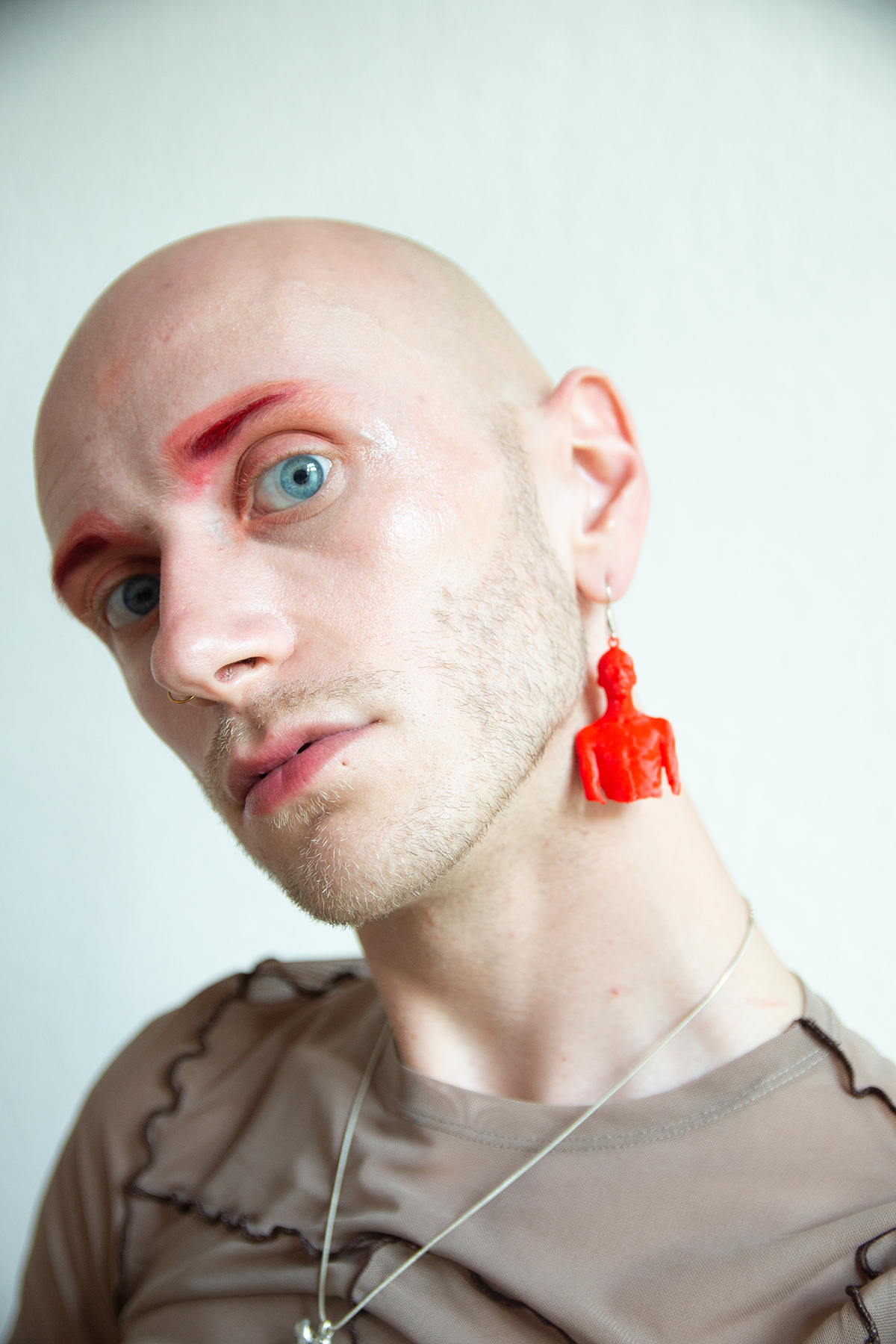
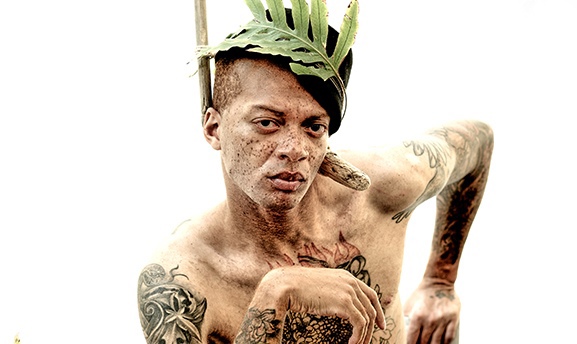

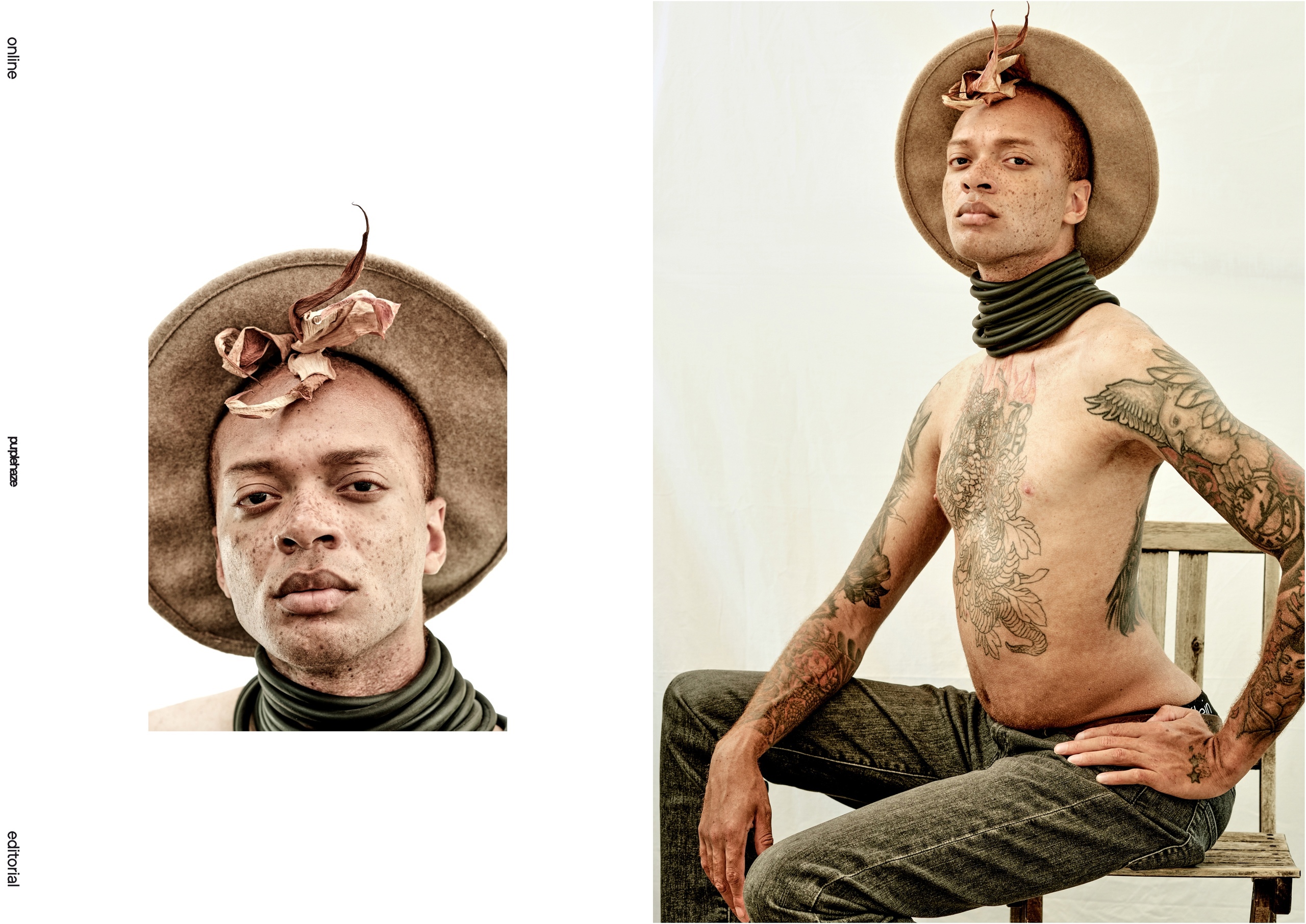

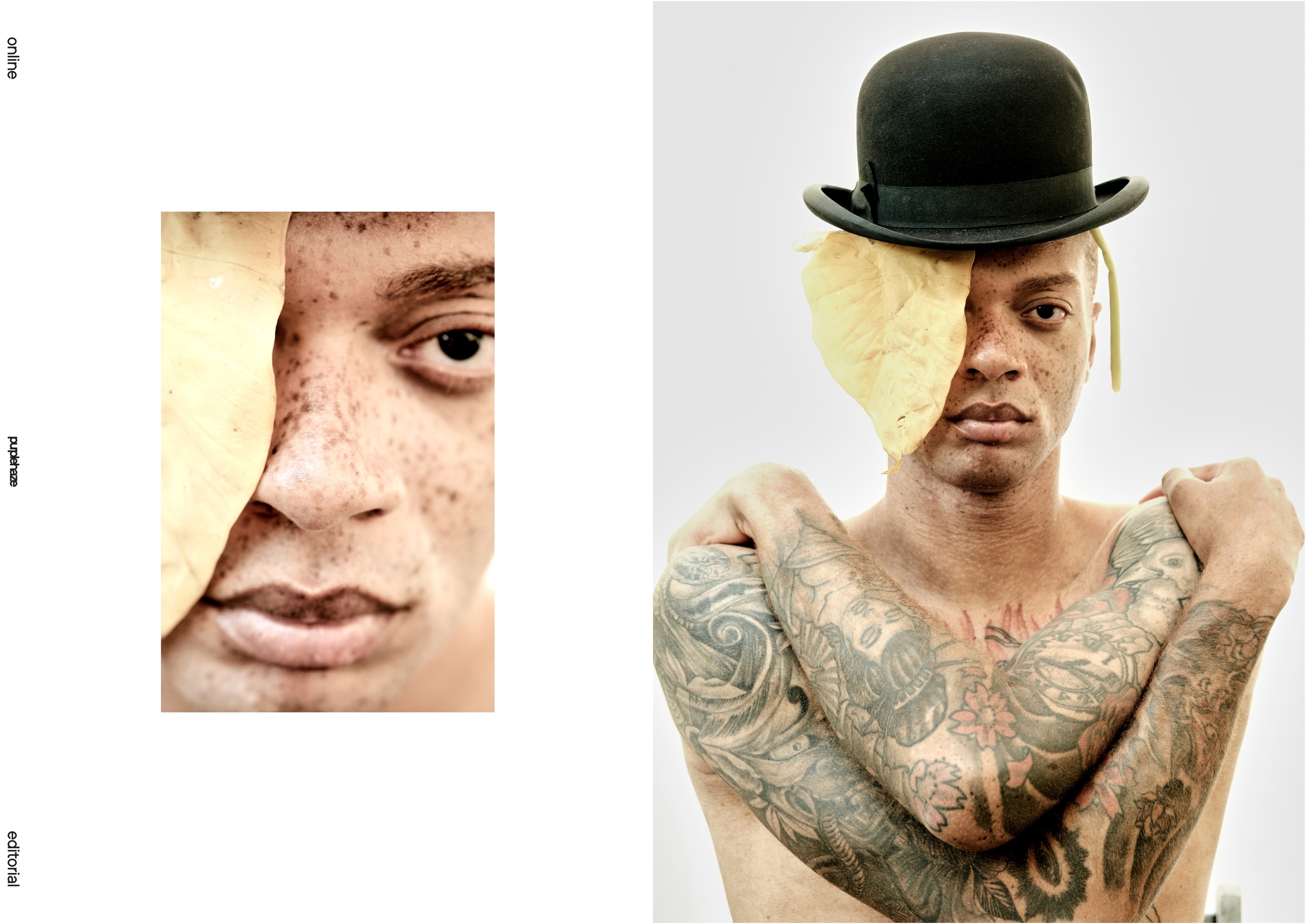
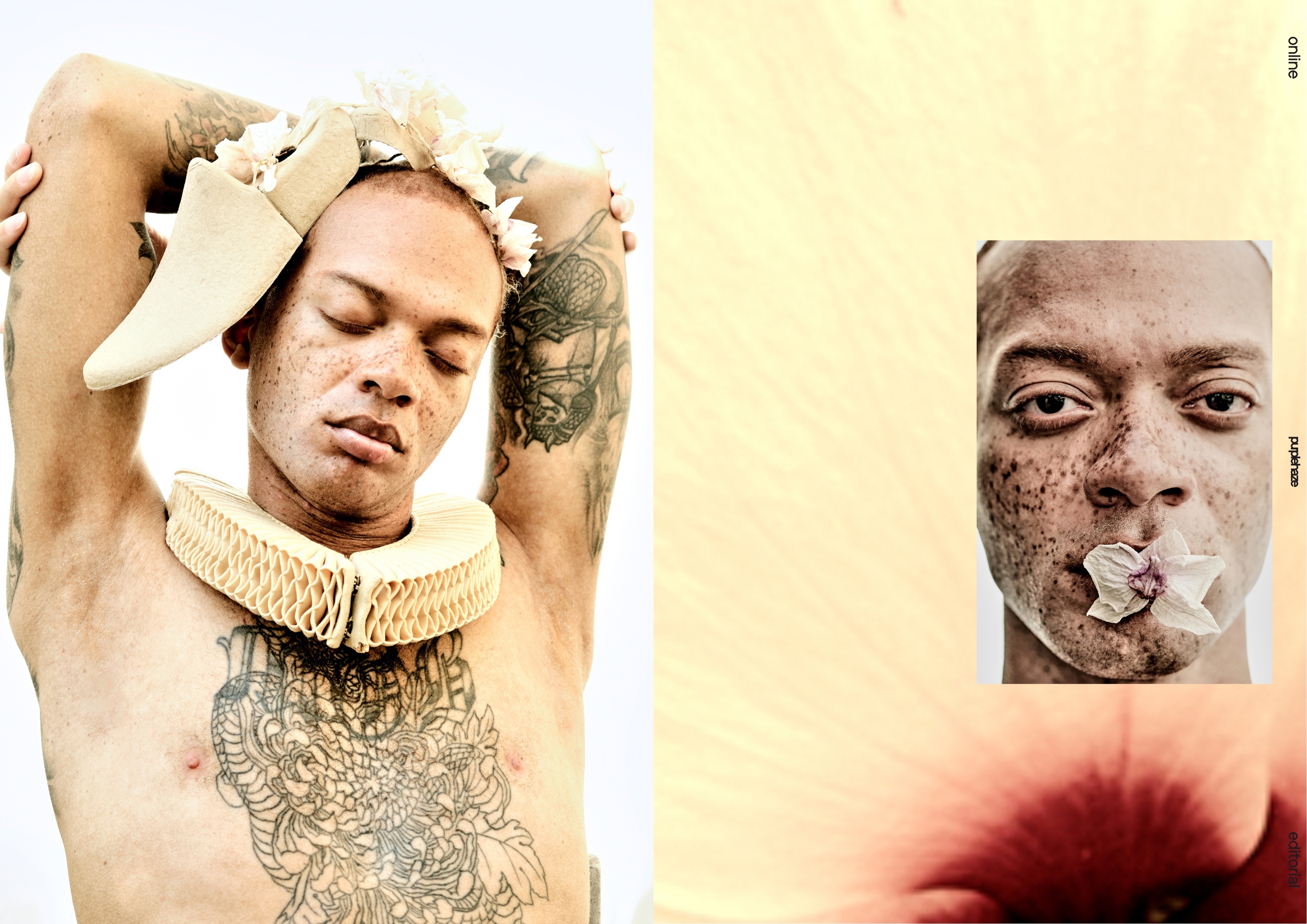

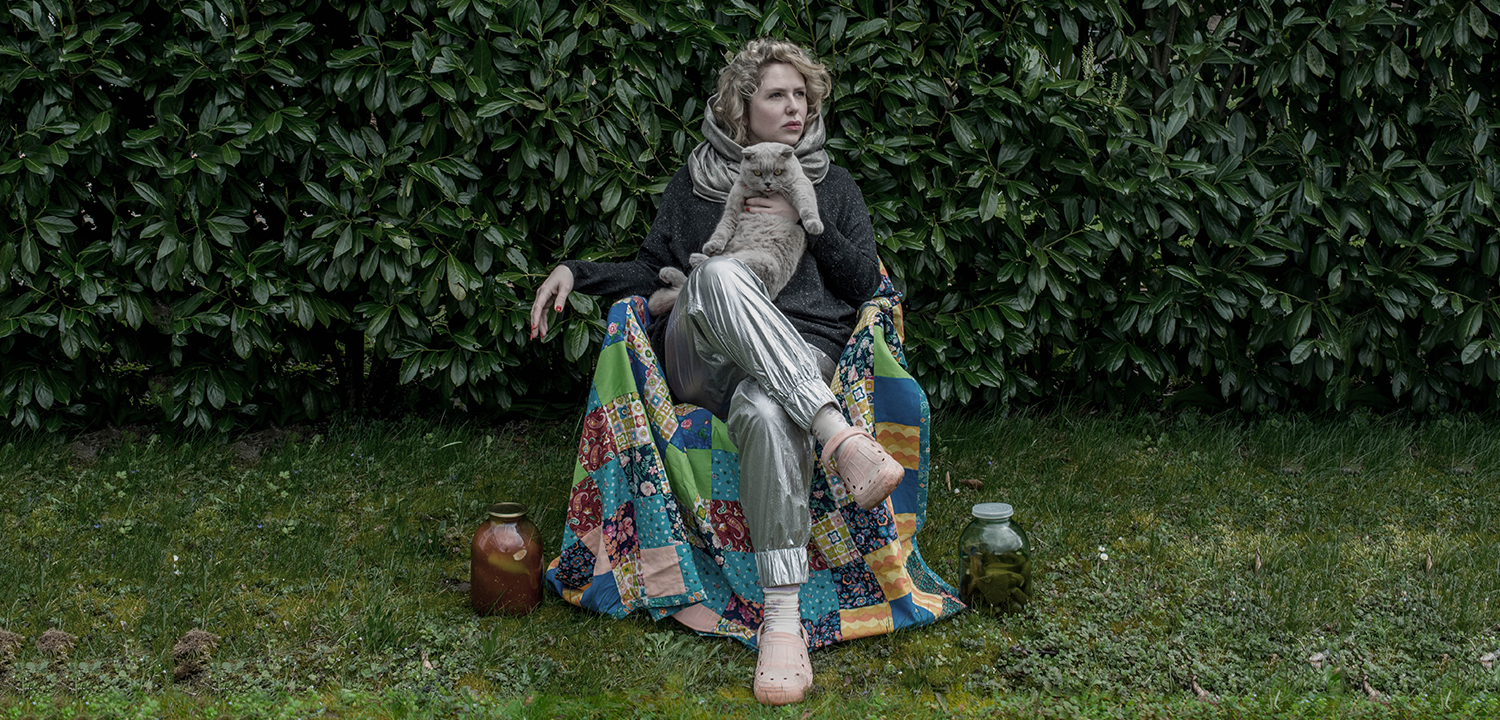
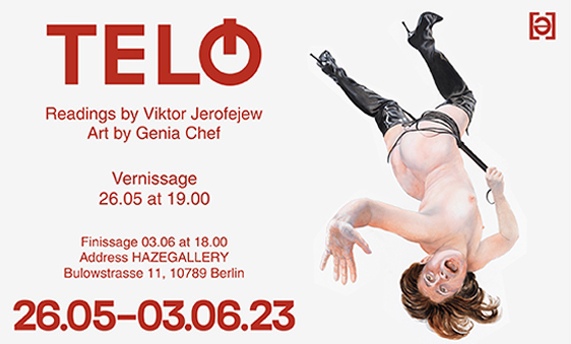
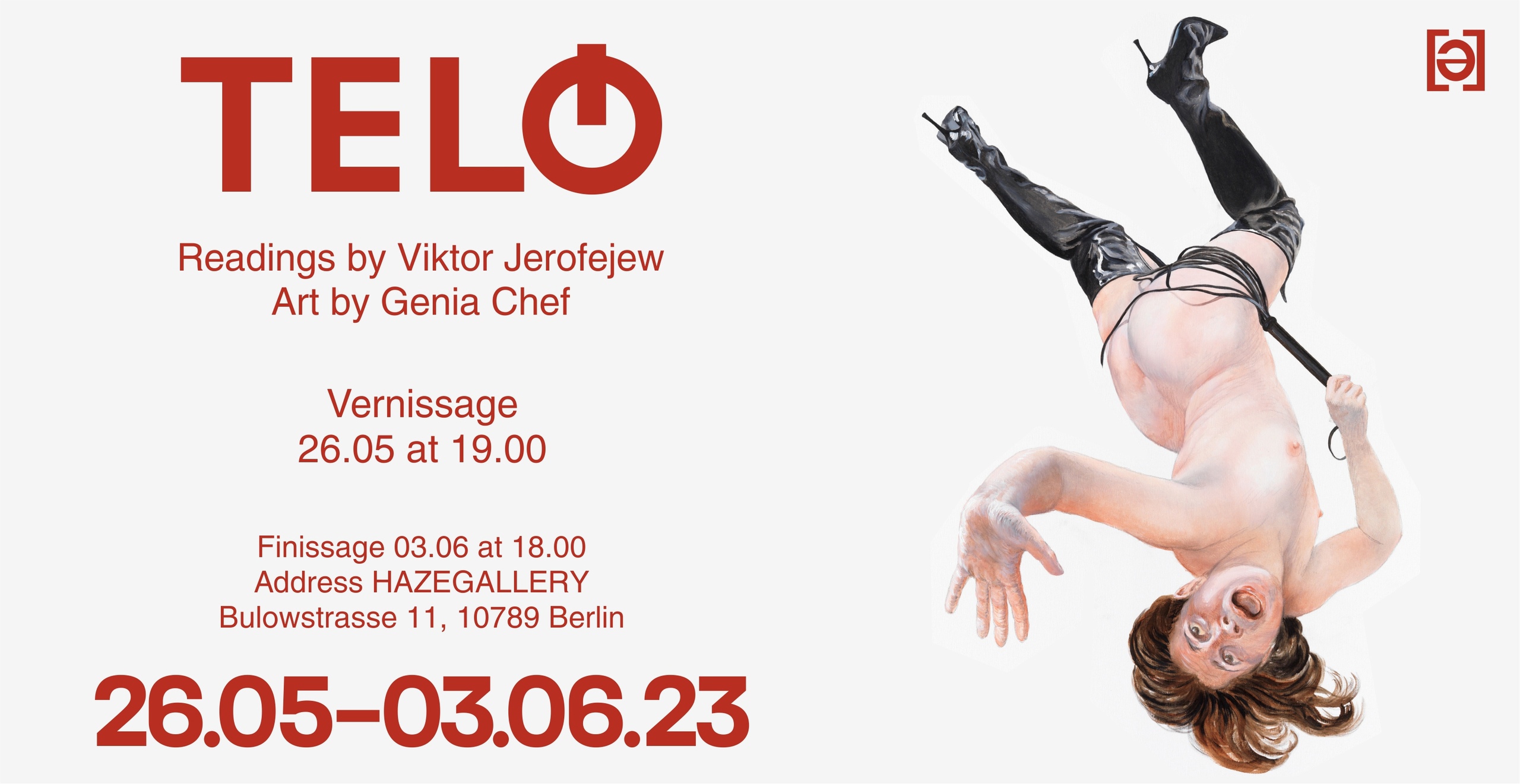

Neueste Kommentare